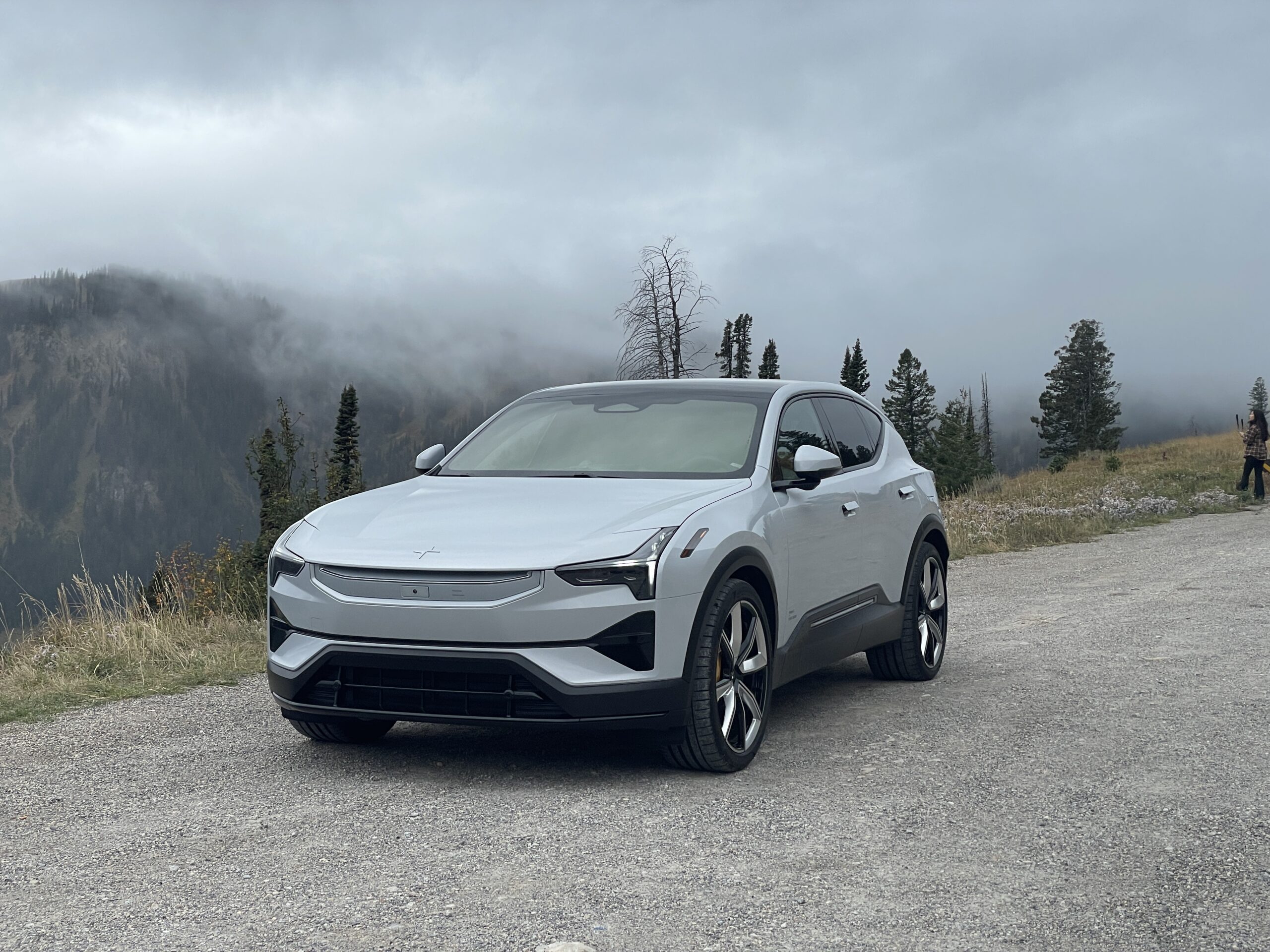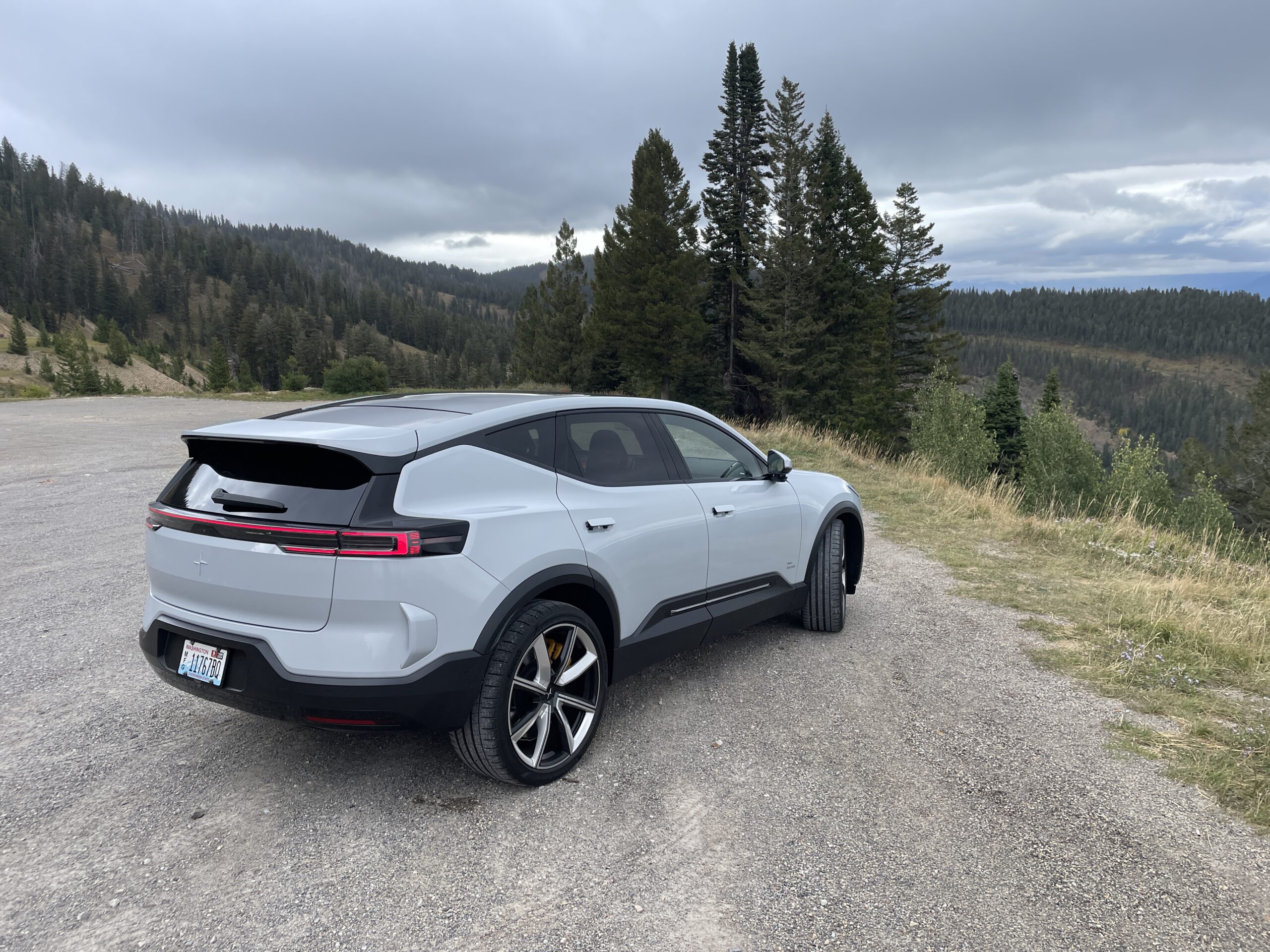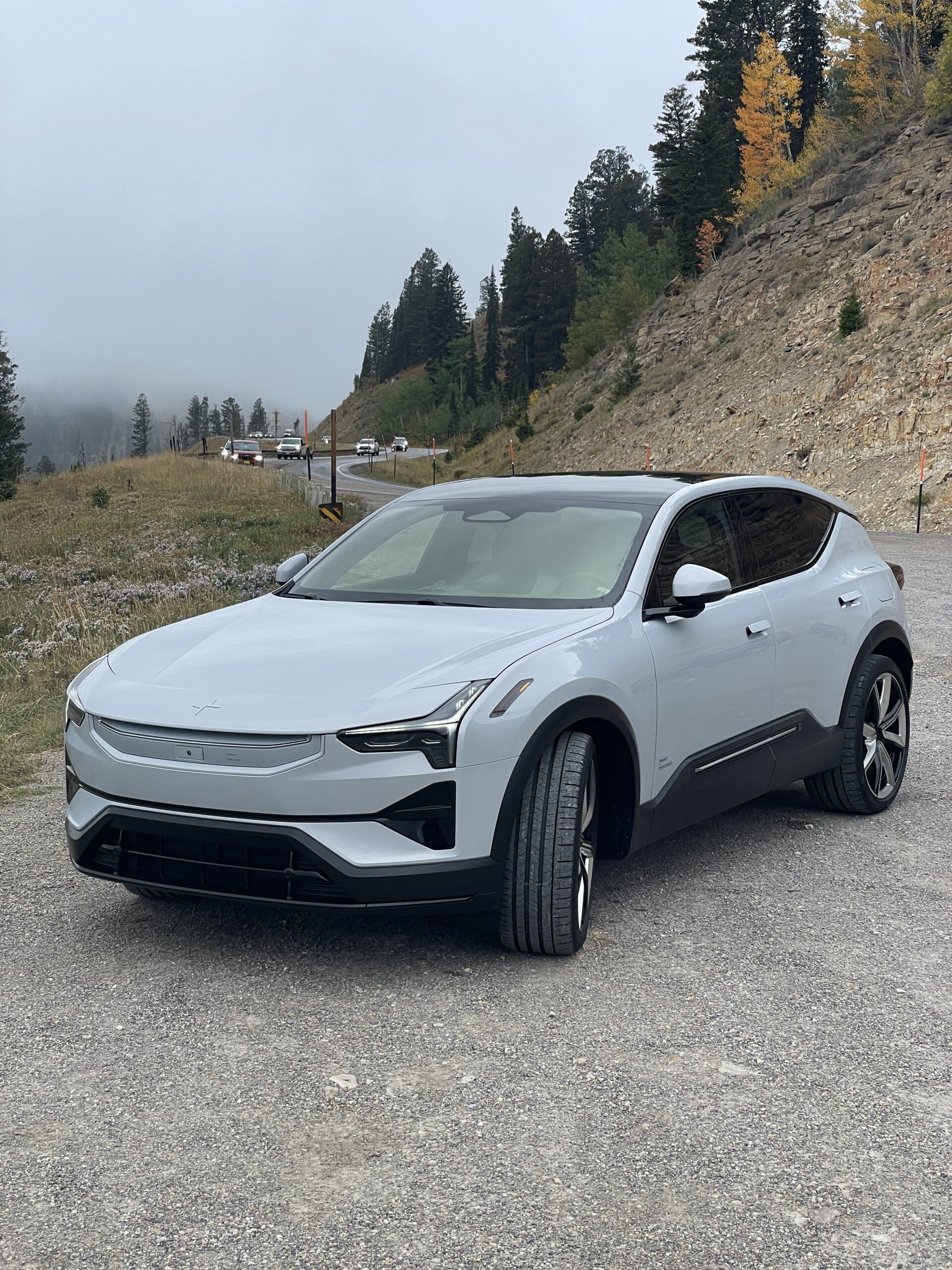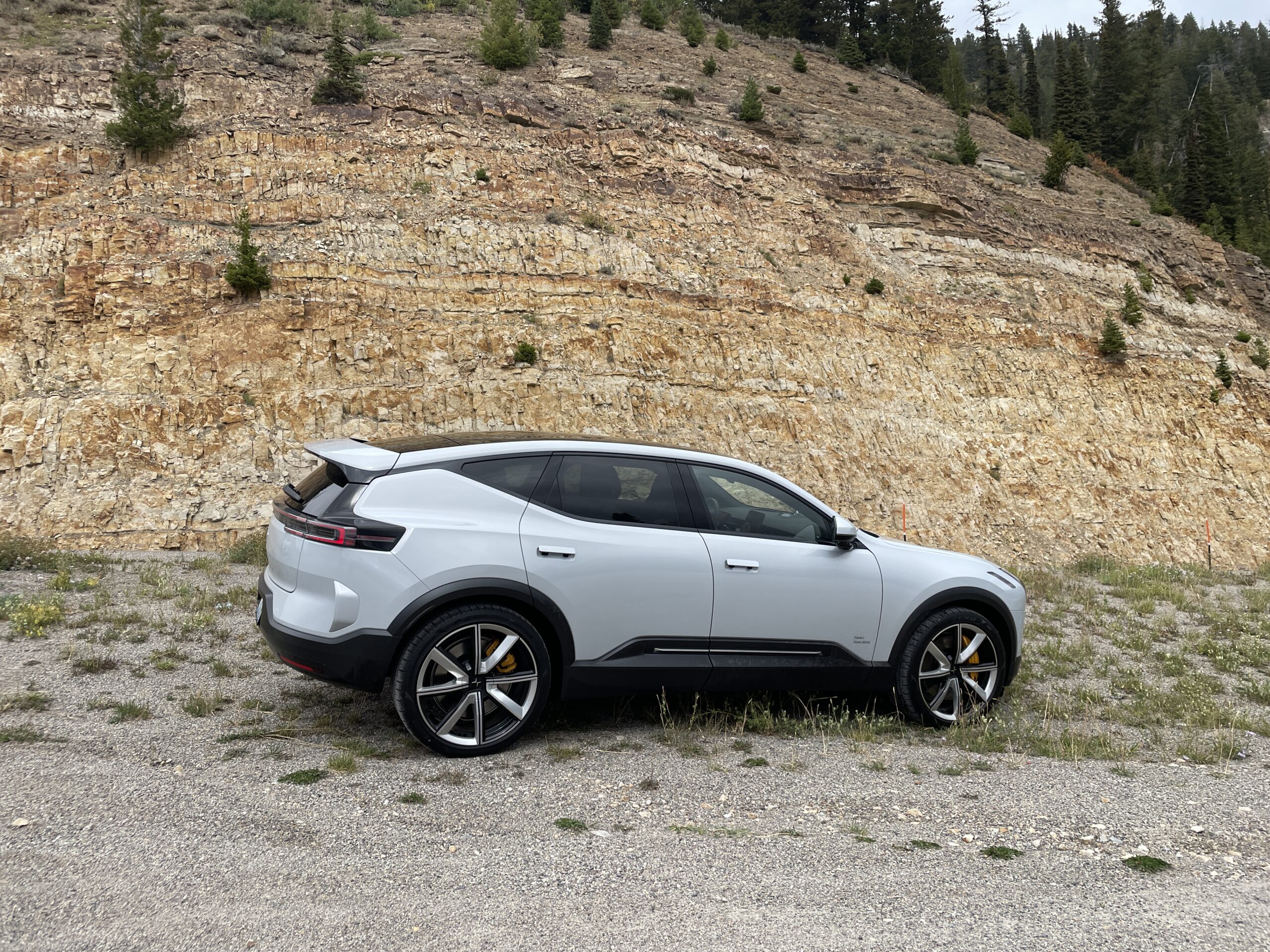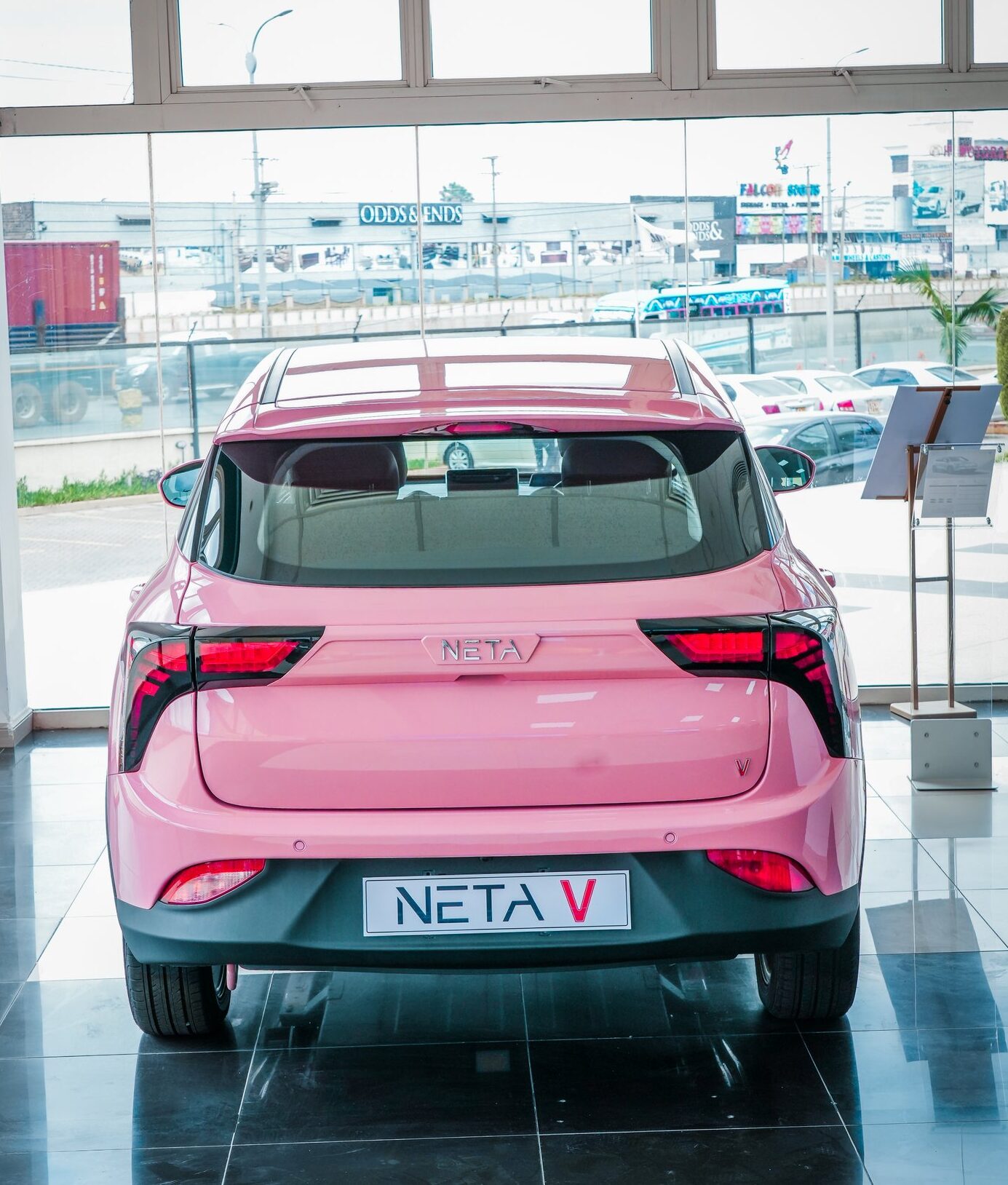Sign up for daily news updates from CleanTechnica on email. Or follow us on Google News!
Last week, I got to drive the new Polestar 3 SUV about 85 miles through the mountains of Wyoming and Idaho, and I was mostly impressed with the car. Driving the Polestar 3, I was impressed by its luxury, performance, and tech. However, its efficiency and value were average.
Market Positioning
The Polestar 3, launched in 2024, stands as Polestar’s flagship entry into the luxury SUV market, riding on the all-new SPA2 platform designed specifically for electric vehicles. This SUV isn’t just about size or power; it’s a statement on how EVs can redefine luxury, performance, and efficiency.
- Performance: With a standard output of 489 horsepower and an option to crank it up to 517 horsepower with the Performance Pack, the Polestar 3 doesn’t just meet expectations; it exceeds them. Its acceleration to 60 mph in around 4.5 seconds is quick, but all the luxury electric SUVs (such as the Volvo XC40 Recharge, Audi Q4 e-tron, Mercedes-Benz EQE SUV, and BMW iX) are in the same range. In fact, the Hyundai IONIQ 5 N and the Tesla Model Y Performance (neither of which offer the luxury of the Polestar) are both considerably quicker at a much lower price point.
- Design and Comfort: The design of the Polestar 3 is sleek, with efforts to disguise its SUV dimensions for a sportier appearance. Inside, it boasts a spacious cabin with materials that blend luxury with sustainability, like ecologically friendly Nappa leather and recycled materials. I found the interior materials to be of soft touch materials, and it felt very high quality.
- Technology: The Polestar 3 doesn’t just ride on new tech; it’s built around it. From the Nvidia-powered central computer to the 14.5-inch central touchscreen, it’s a tech aficionado’s dream. The Bowers & Wilkins sound system, with its 25 speakers and 1,610 watts, isn’t just about volume; it’s about clarity and depth, making music an integral part of the driving experience.
- Efficiency and Range: Although the Polestar 3’s range of 279 to 319 miles is adequate, it isn’t great for having a 111 kWh (107 kWh usable) battery. The drag coefficient of 0.29, the beautiful large and stylish wheels, and the curb weight of almost 3 tons all hurt efficiency. Luckily, its claimed charging rate is 250 kW and the claimed 30 minutes for a 10% to 80% charge isn’t bad.
- Pricing ranges from an MSRP of $73,400 to a fully loaded performance model costing over $100,000. This is comparable with the its luxury competition, but previous companies like Lexus 30 years ago and Genesis more recently have attempted to offer more features for the money than the established competitors, like Mercedes, BMW, and Audi.
For more detailed specs, here is a link to the specs at the Polestar site.
Even though Polestar only has 31 dealers in North America, there are more than 430 Volvo dealers that can service the car.
Driving Impressions
- Performance and Handling: The moment I pressed the accelerator, the Polestar 3’s dual-motor setup kicked in, providing instant torque that pushed me back into the seat. The agility for an SUV is impressive; it feels more like driving a sportier vehicle than a traditional SUV. With the Performance Pack, the acceleration is even more pronounced. The handling was responsive, thanks to adaptive dampers, making body roll minimal even during spirited driving.
- Ride Quality: Despite its performance focus, the ride is smooth. I noticed how the suspension setup allowed me to hear the road more than feel it, which speaks volumes about its isolation capabilities. This balance between sportiness and comfort is something I found quite admirable.
- Efficiency and Range: While the Polestar 3 boasts a competitive range on paper, the efficiency wasn’t impressive on our drive. Another journalist and I drove about 170 miles through the mountains at an average speed of about 60 mph and used 70% of the 107 kWh of the pack, or about 75 kWh of electricity. The consumption of 441 watts per mile is only average. The ability to decouple the rear motor for efficiency is a nice touch, but it didn’t seem to make make up for the poor drag coefficient and heavy weight of the vehicle.
- Interior and Technology: Stepping inside, the luxury is immediately apparent. The materials are high quality, with sustainable Nappa leather options, and the technology, including a large 14.5-inch touchscreen, is all about user experience. I especially enjoyed both the configurable screen in front of the driver and the heads-up display.
- Android Auto: Pairing my phone with the Polestar 3 was straightforward. Once connected, Android Auto seamlessly took over the 14.5-inch central touchscreen, providing a clean, intuitive interface that mirrored much of what I love about my phone’s ecosystem. The system’s reliance on a USB connection ensures a stable link, which is crucial for uninterrupted navigation and calls. The design of Android Auto in the Polestar 3 feels like a perfect blend of tech and automotive aesthetics. The interface is responsive, with quick access to navigation, music, and calls. It’s tailored for the car’s screen, making it easier to use while keeping my eyes on the road.
- Sound and Comfort: The Bowers & Wilkins sound system is a revelation, enhancing the driving experience with its clarity. The seats, with their multiple adjustments, provided excellent support, making longer drives comfortable.
- The Polestar 3 utilizes cutting-edge technology for its ADAS, including systems from Zenseact, Luminar (for LiDAR), and Smart Eye, all integrated through the NVIDIA DRIVE platform. This suggests a high level of sophistication in how the vehicle processes data for safety and assistance features. In using the lane keeping software, I found it worked quite well on the winding mountain roads, but it did occasionally drive over the center line. I had one instance of it disengaging while meeting a large truck. I don’t know what caused that.
- I didn’t get any error messages, but another journalist received a “System communication fault” and had to “reboot” their vehicle. These type of issues need to be solved because software is an important part of modern electric cars.
Conclusion
I think the car will be successful at carving out a niche for people who want a stylish and high-performance car that sets itself apart. Everyone I encounter likes the exterior and interior design. This is a vehicle that is satisfying to drive and to be in. The challenge Polestar may face is ramping volume sufficiently to achieve economies of scale and achieve profitability.
Below are pictures of the Polestar 3 from the company’s Media Kit.
Disclosure: I am a shareholder in Tesla [TSLA], BYD [BYDDY], Nio [NIO], XPeng [XPEV], Hertz [HTZ], NextEra Energy [NEP], and several ARK ETFs. But I offer no investment advice of any sort here. Polestar covered my travel expenses to show me their new Polestar 3.
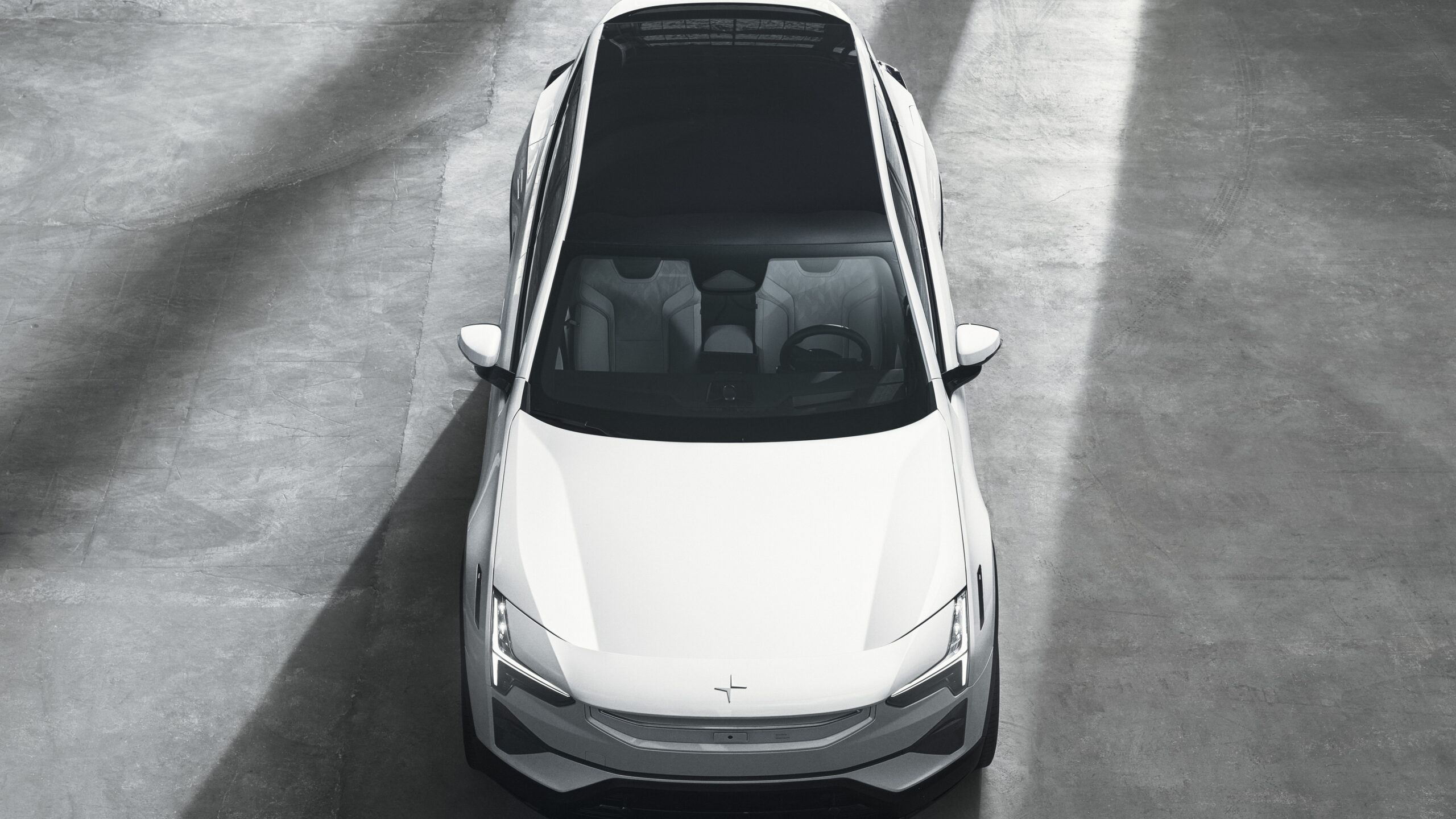
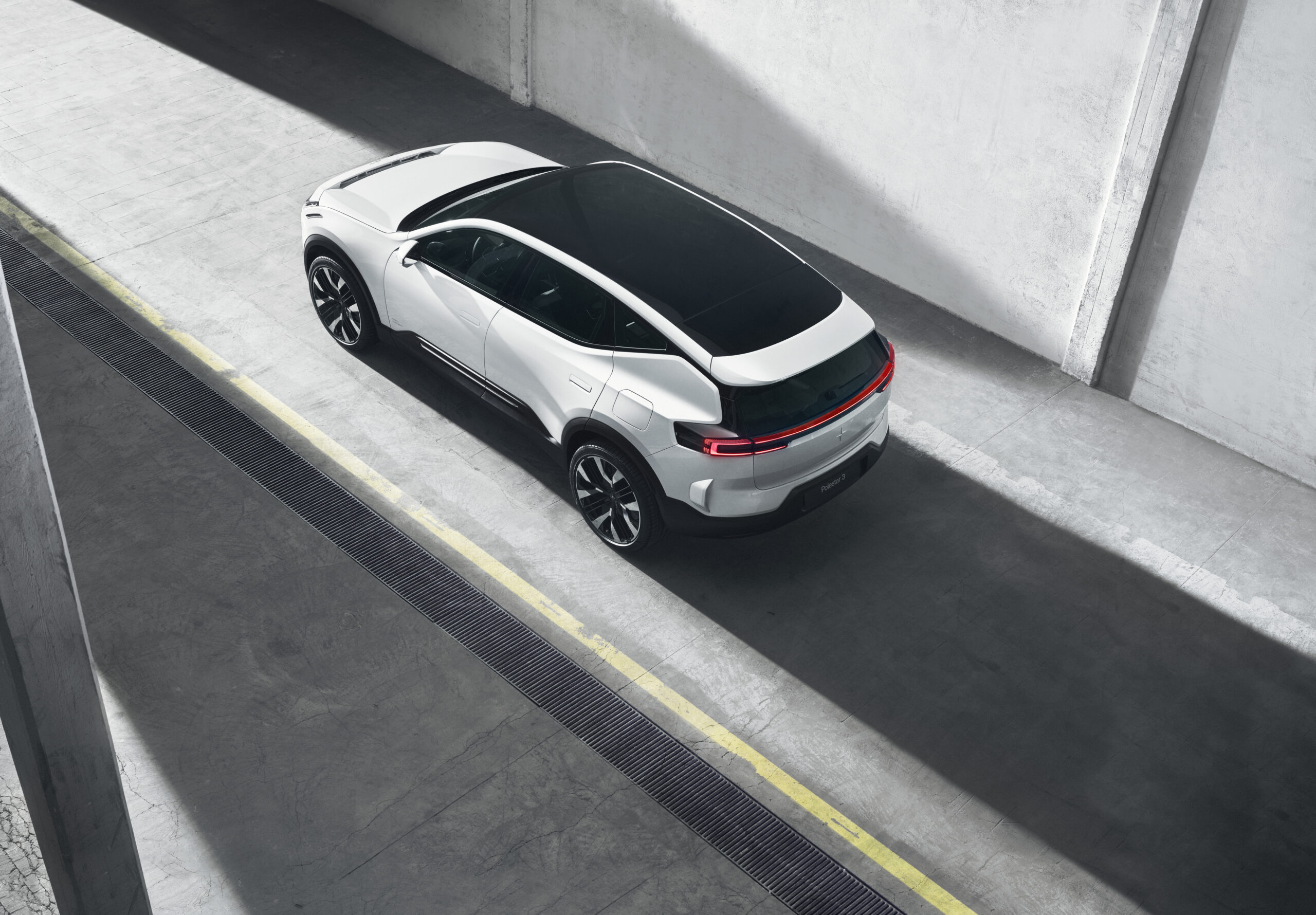
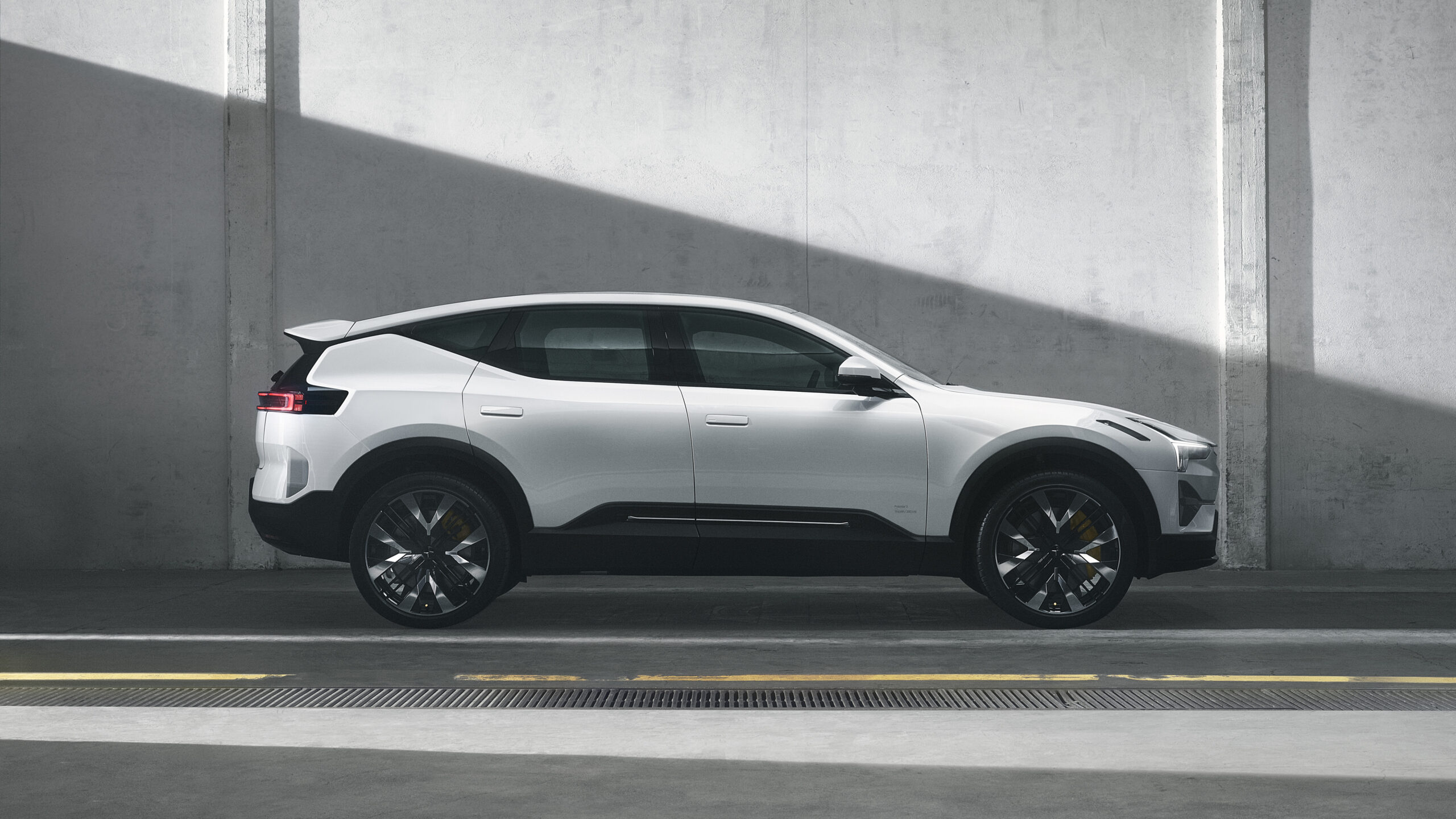
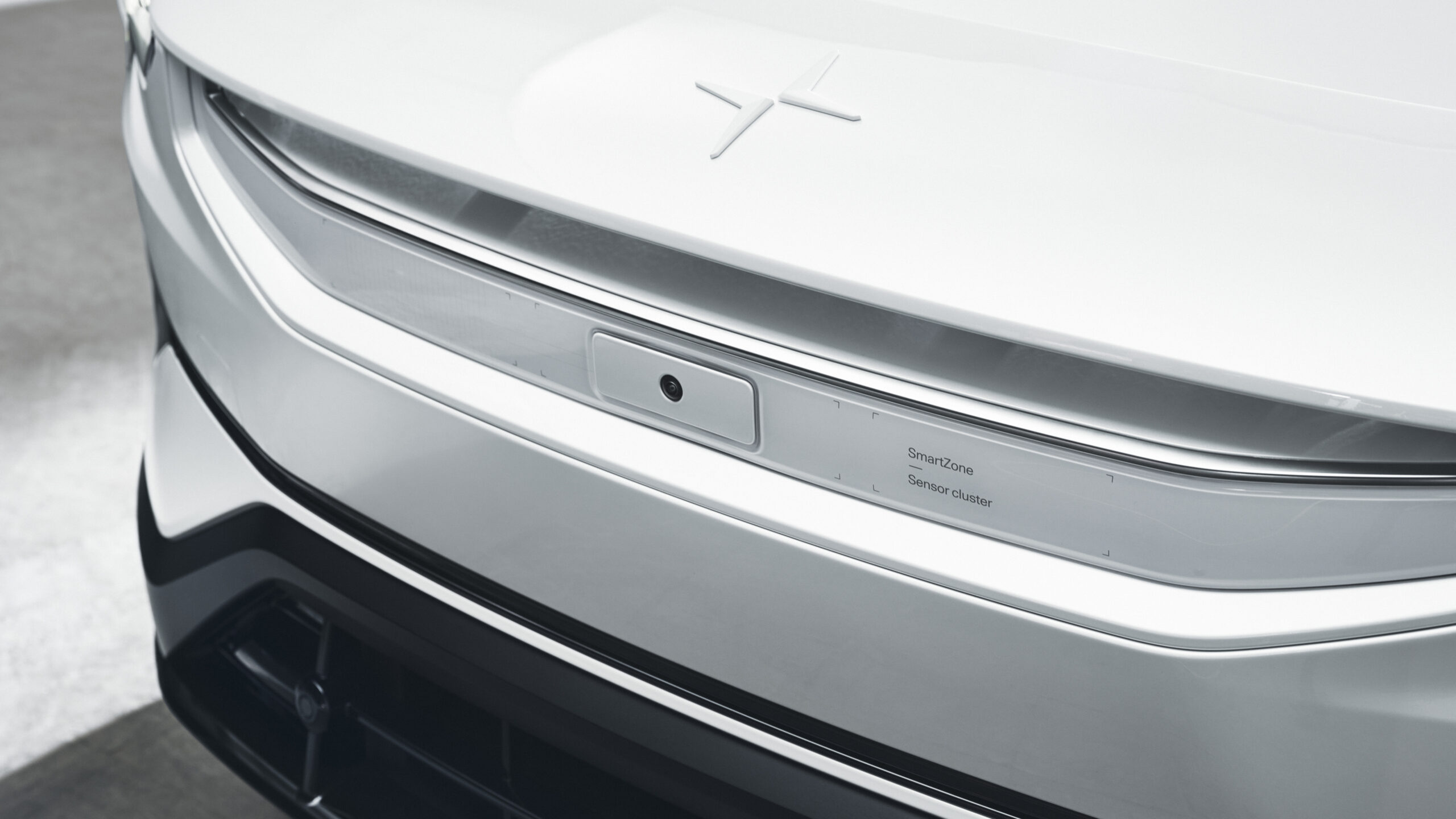
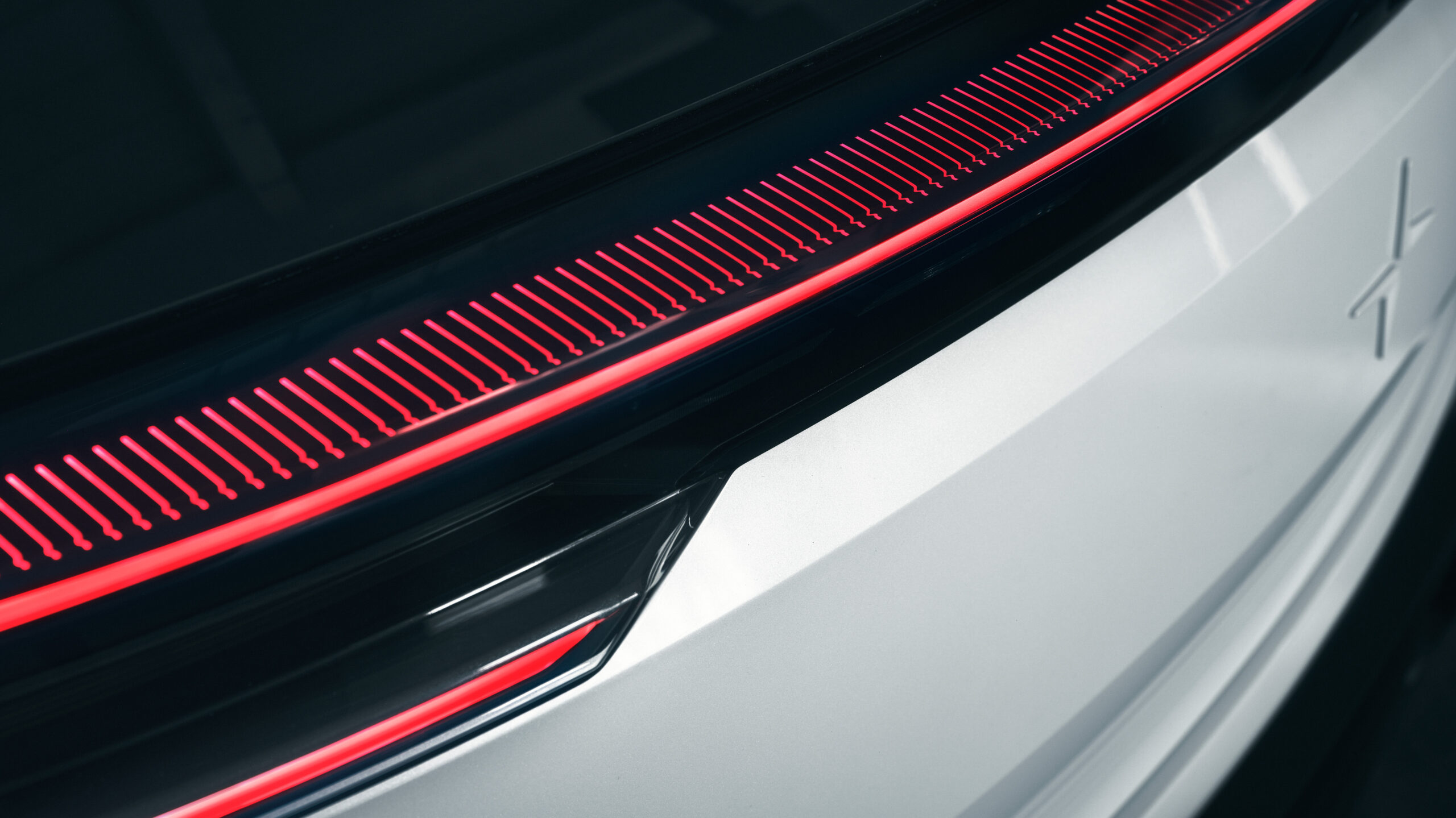
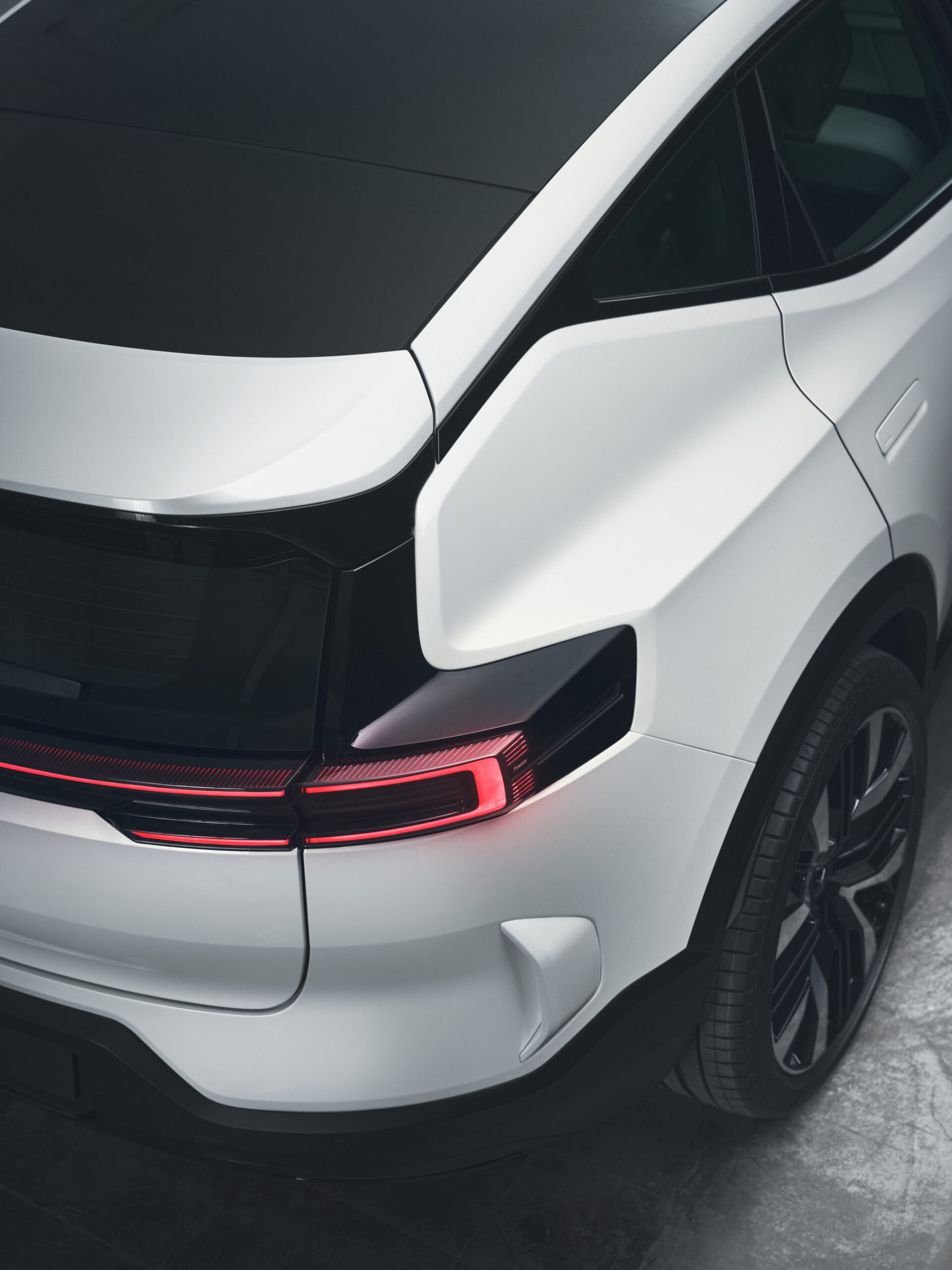
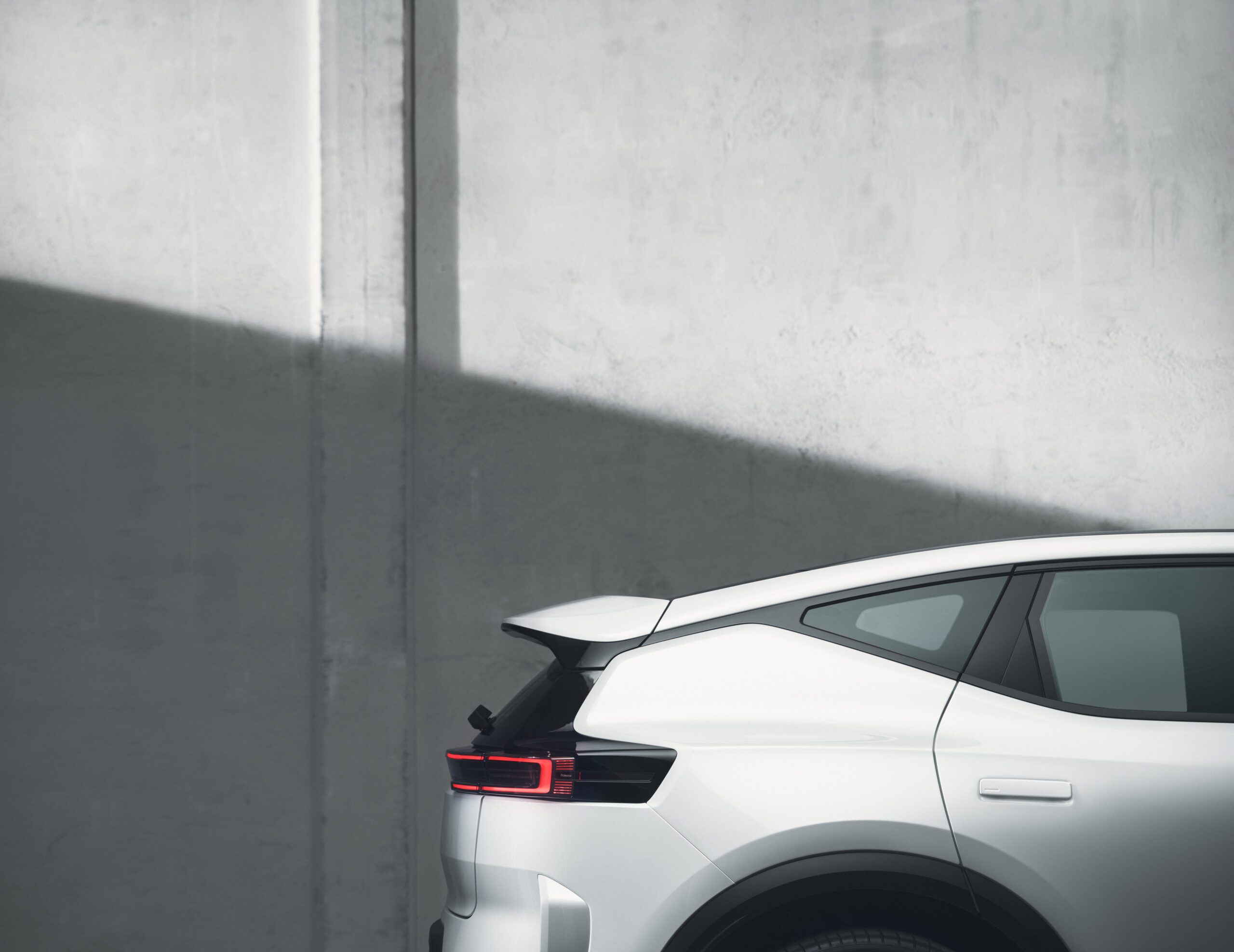
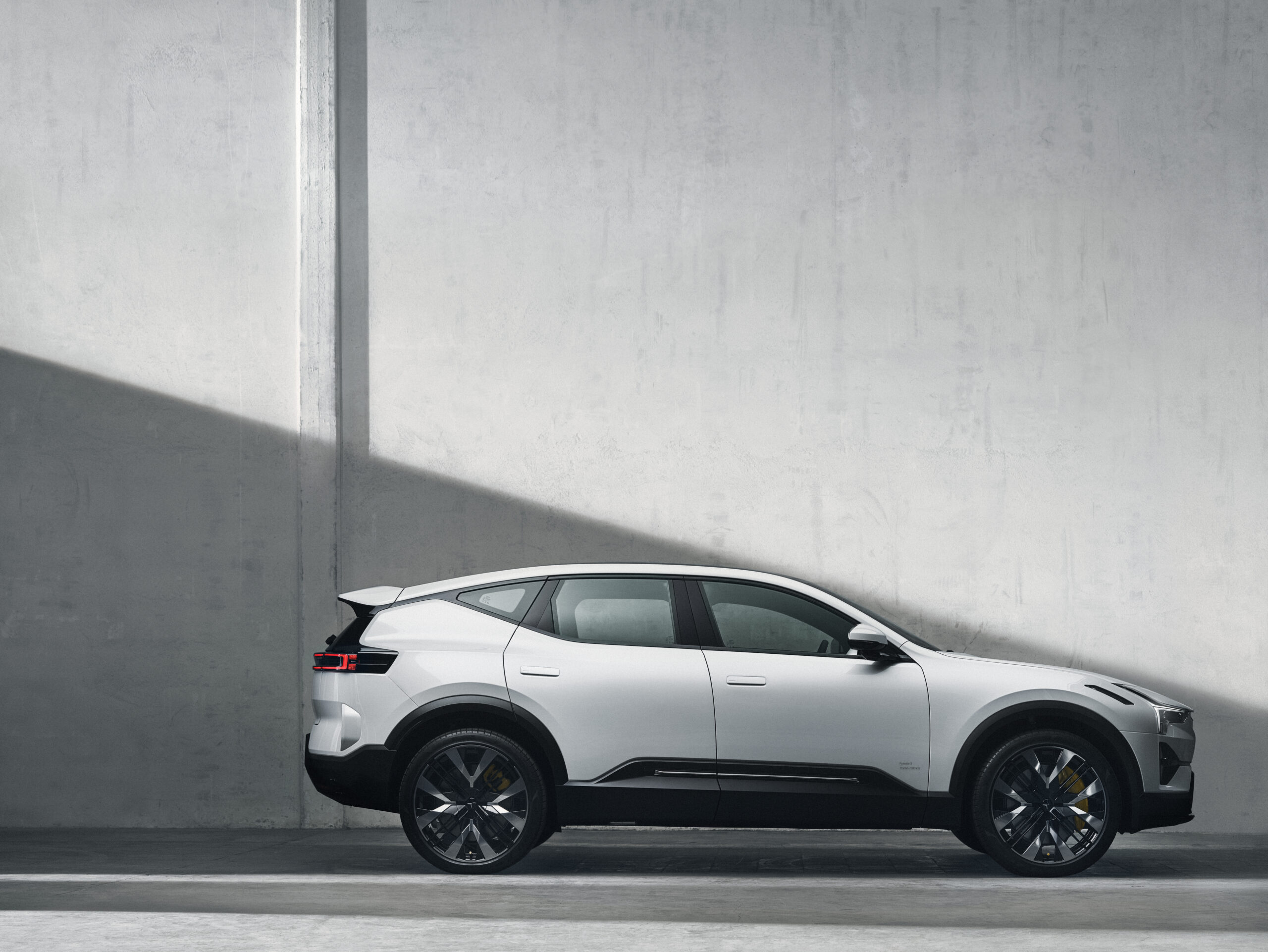
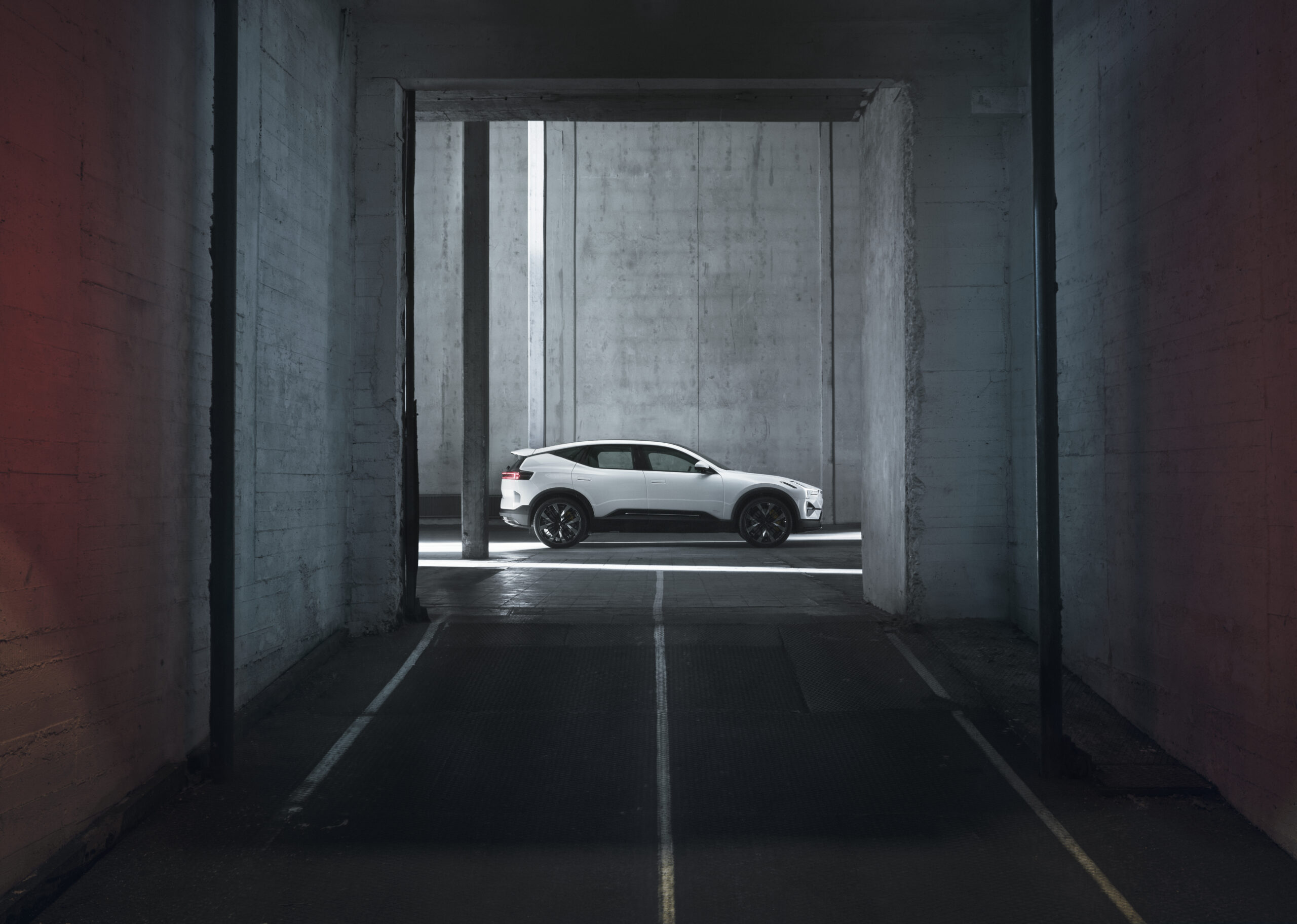
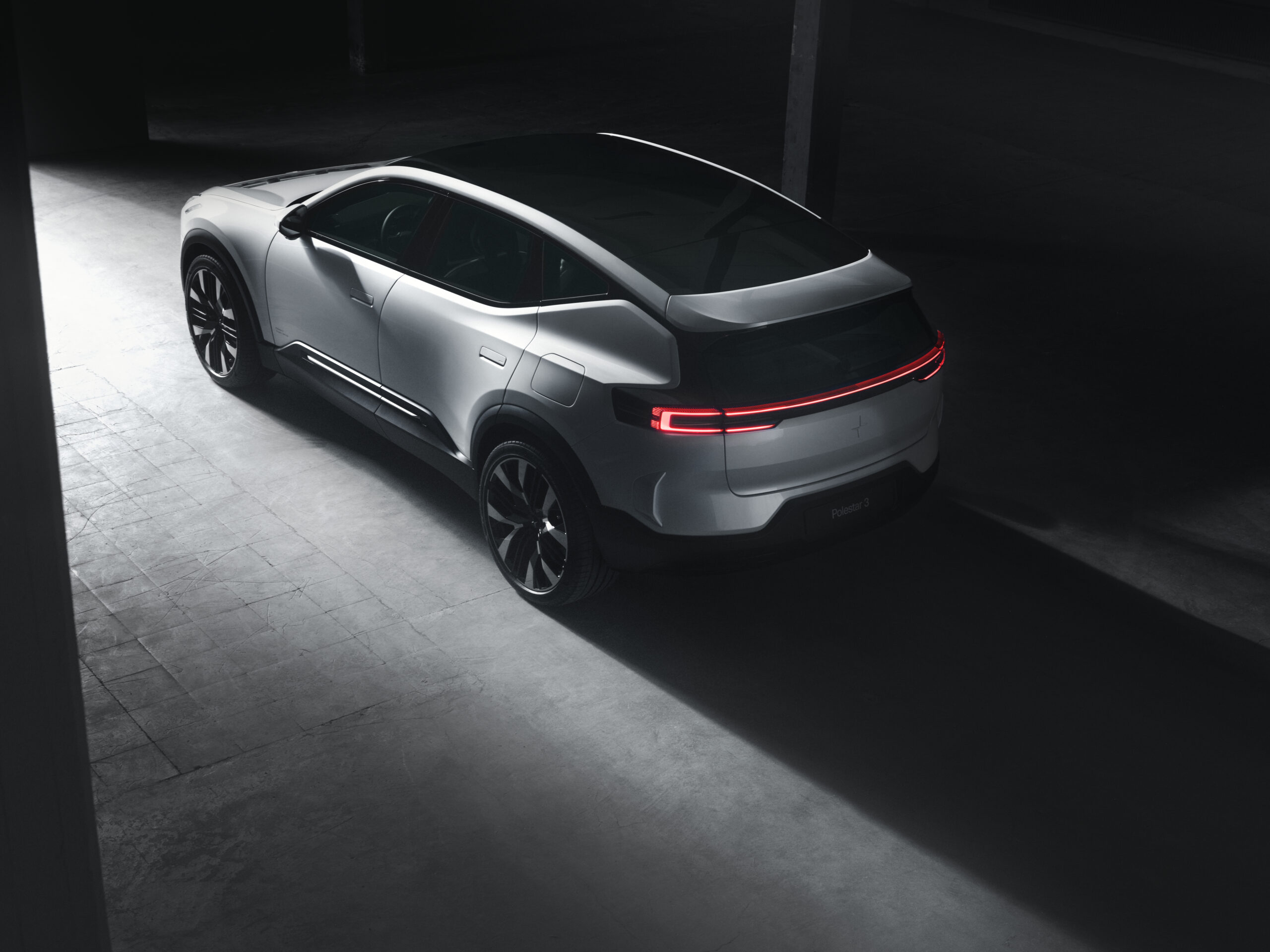
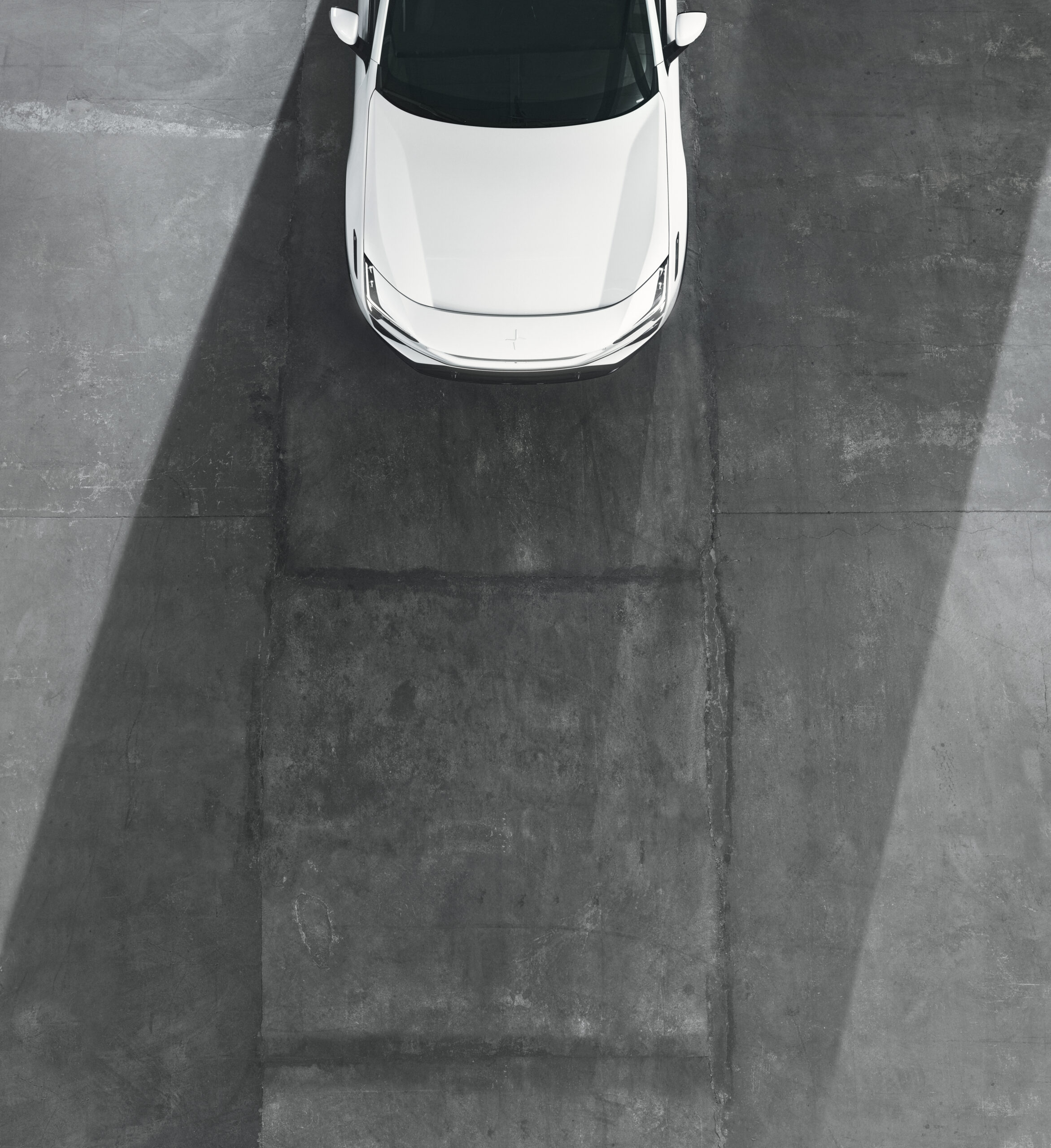
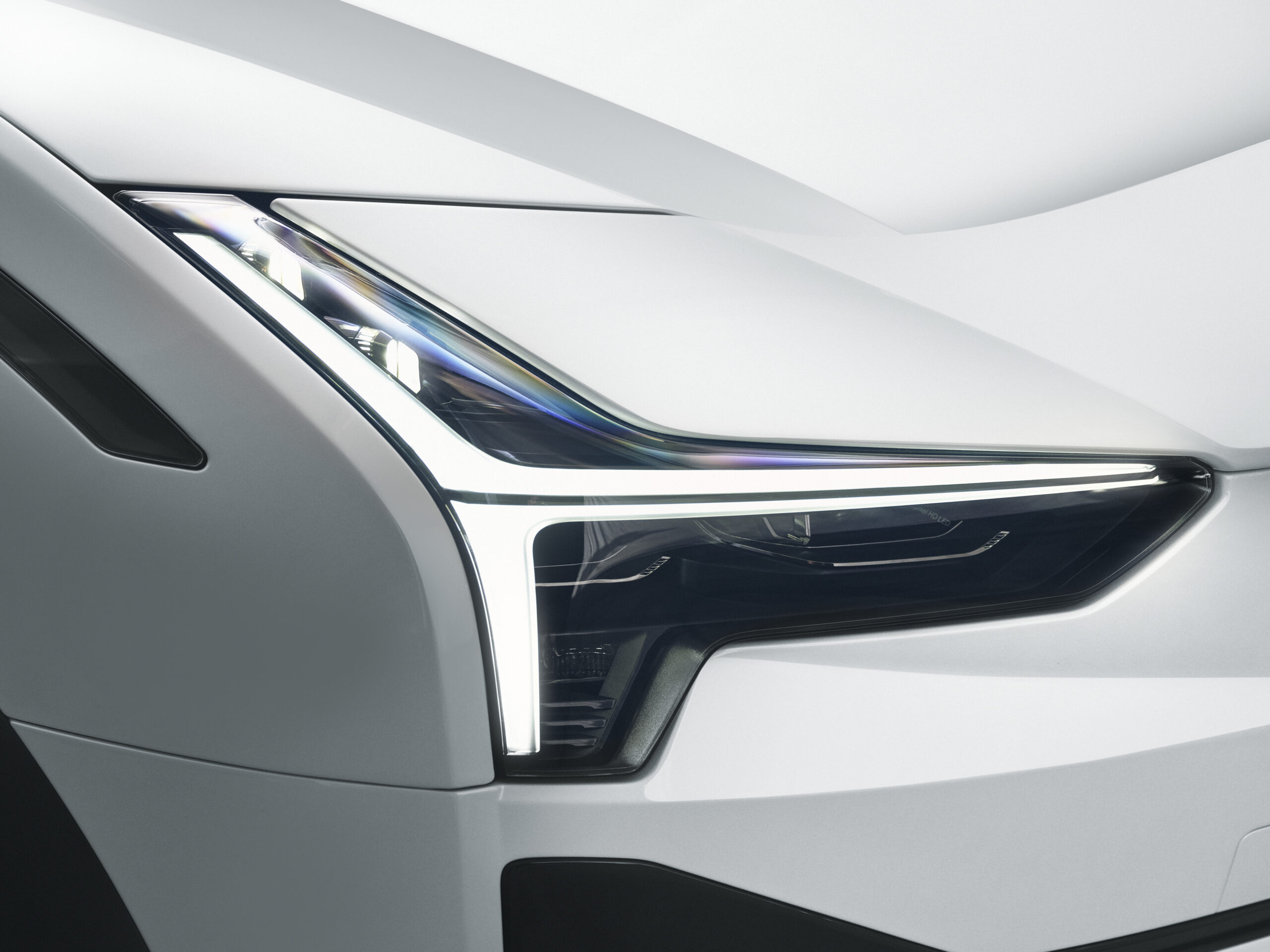
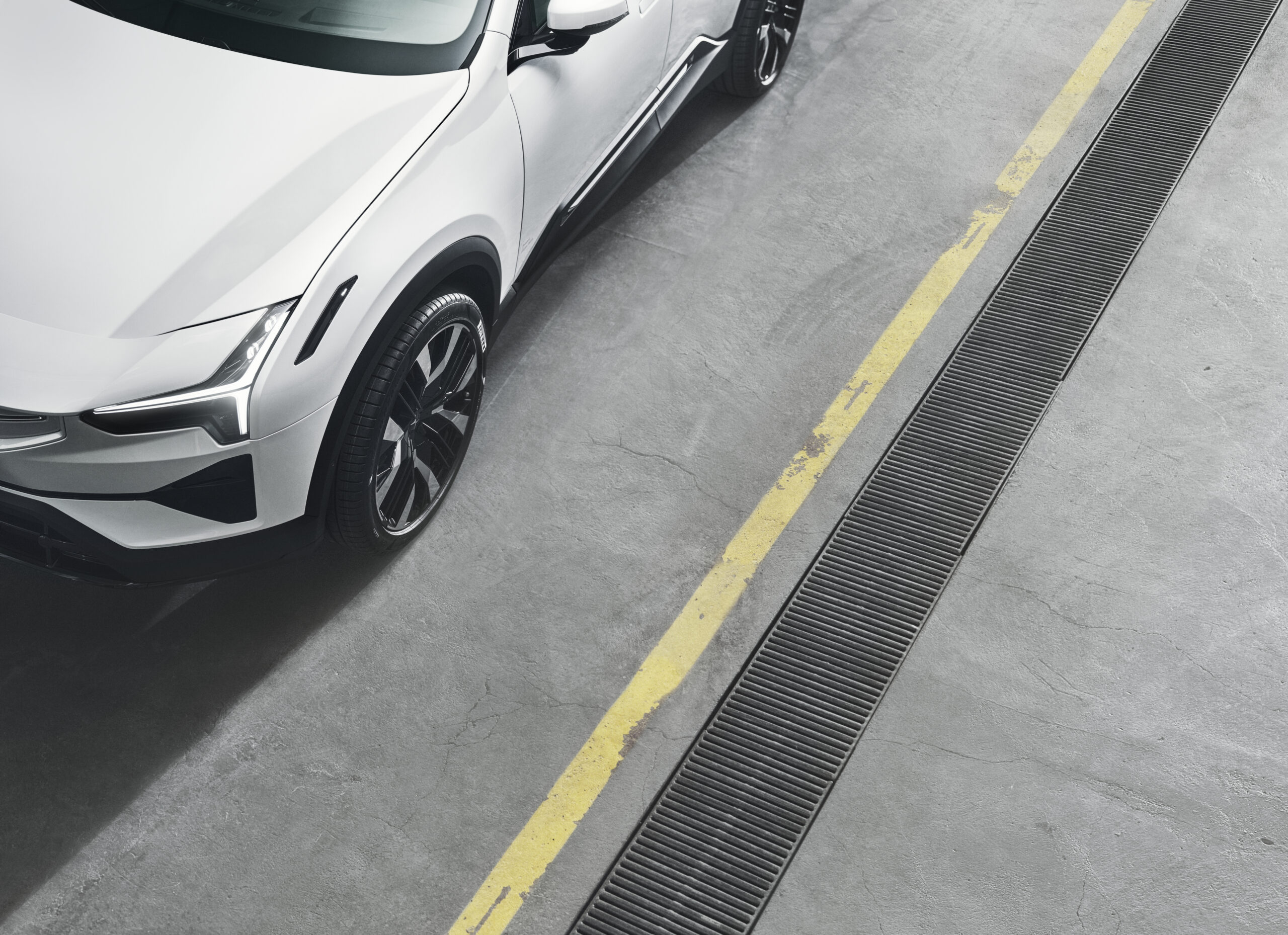
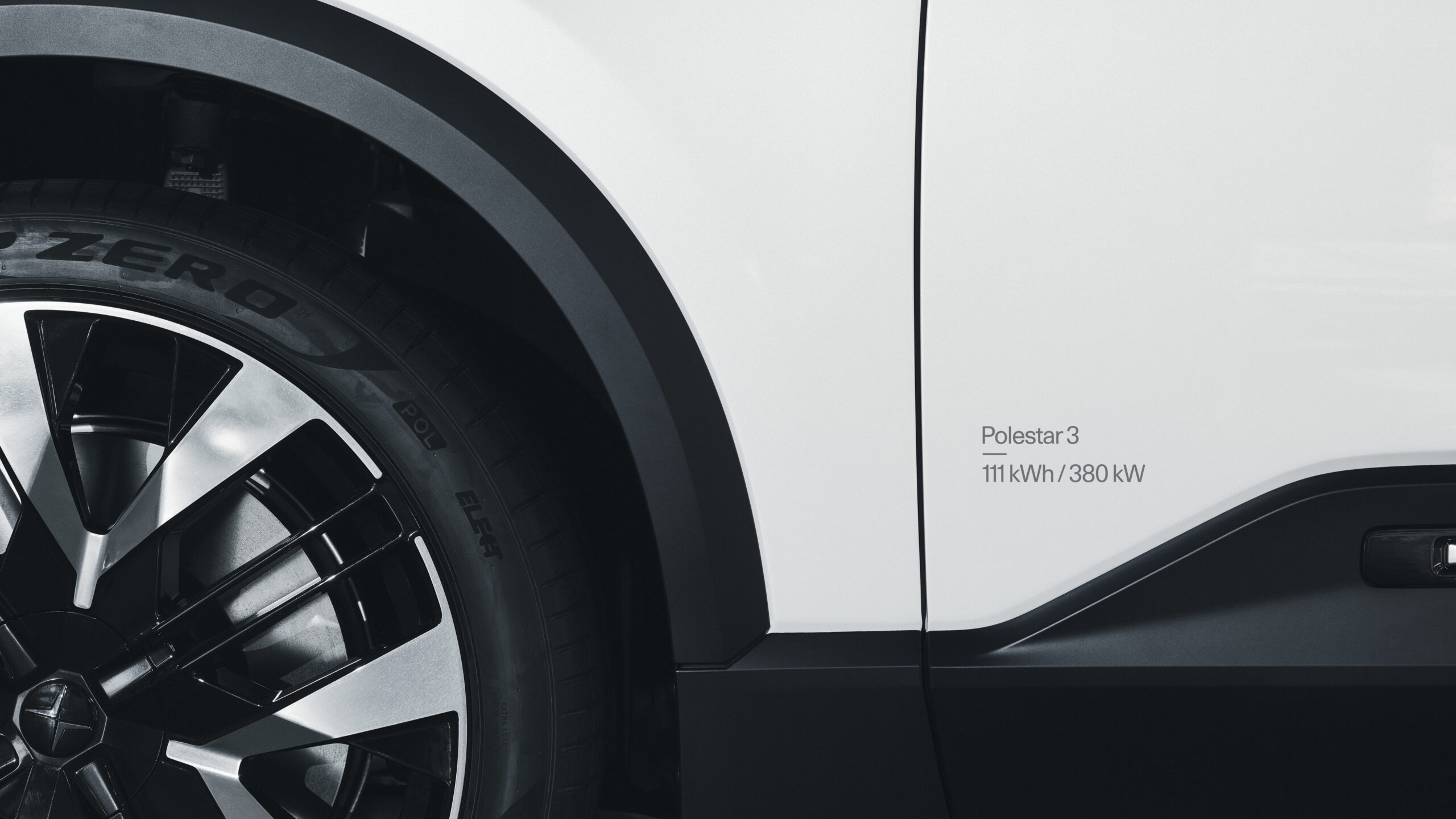
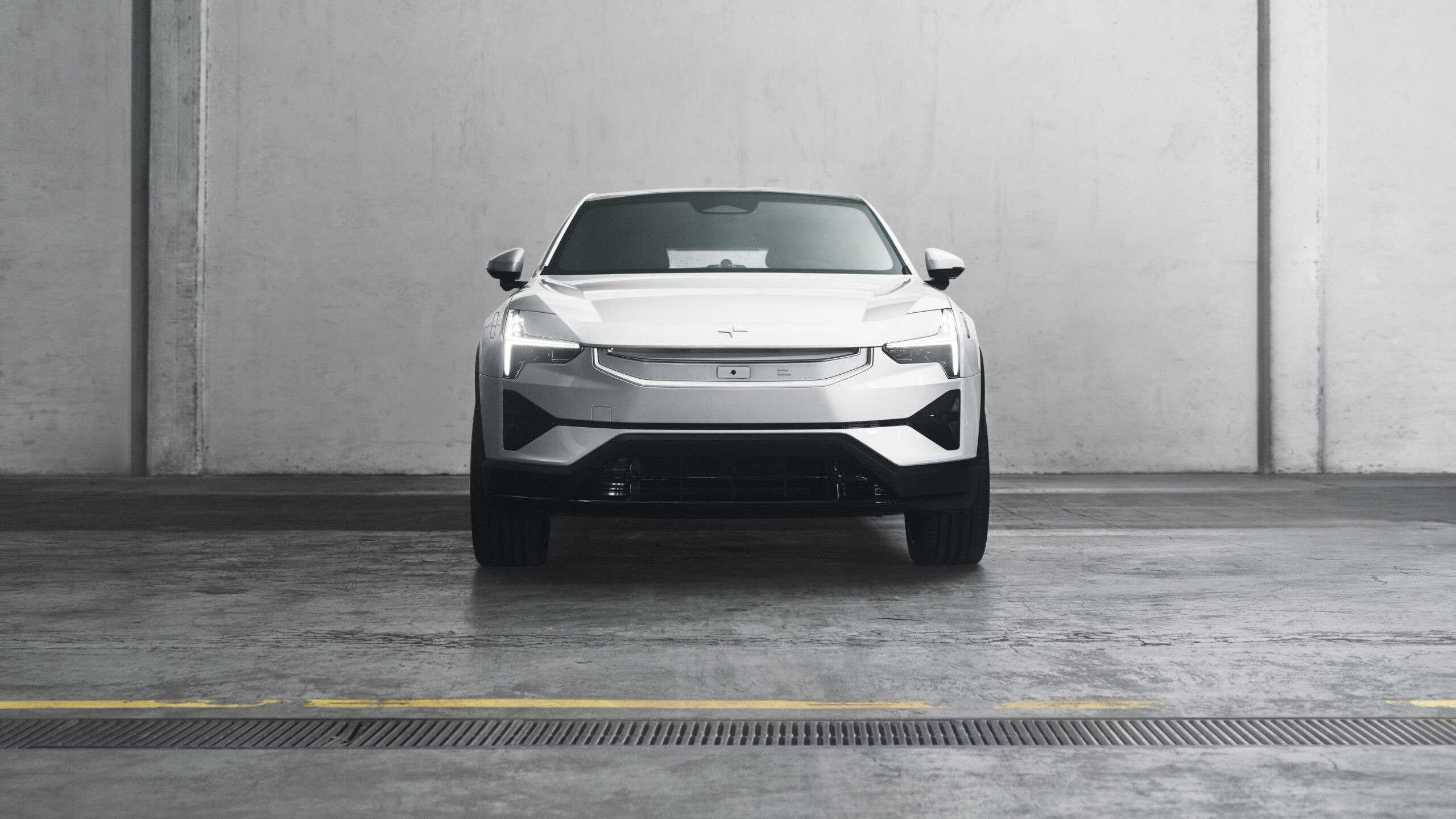
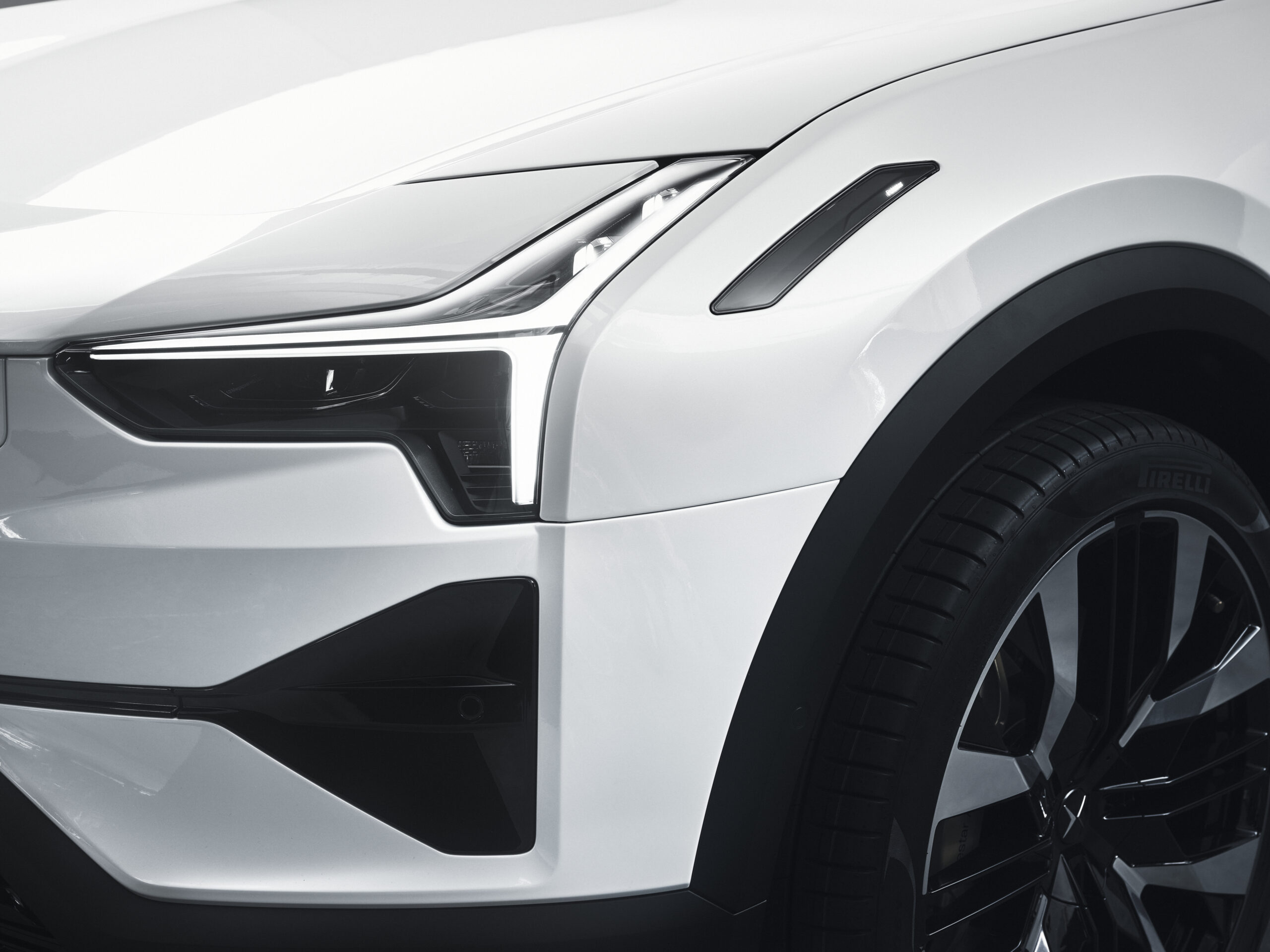
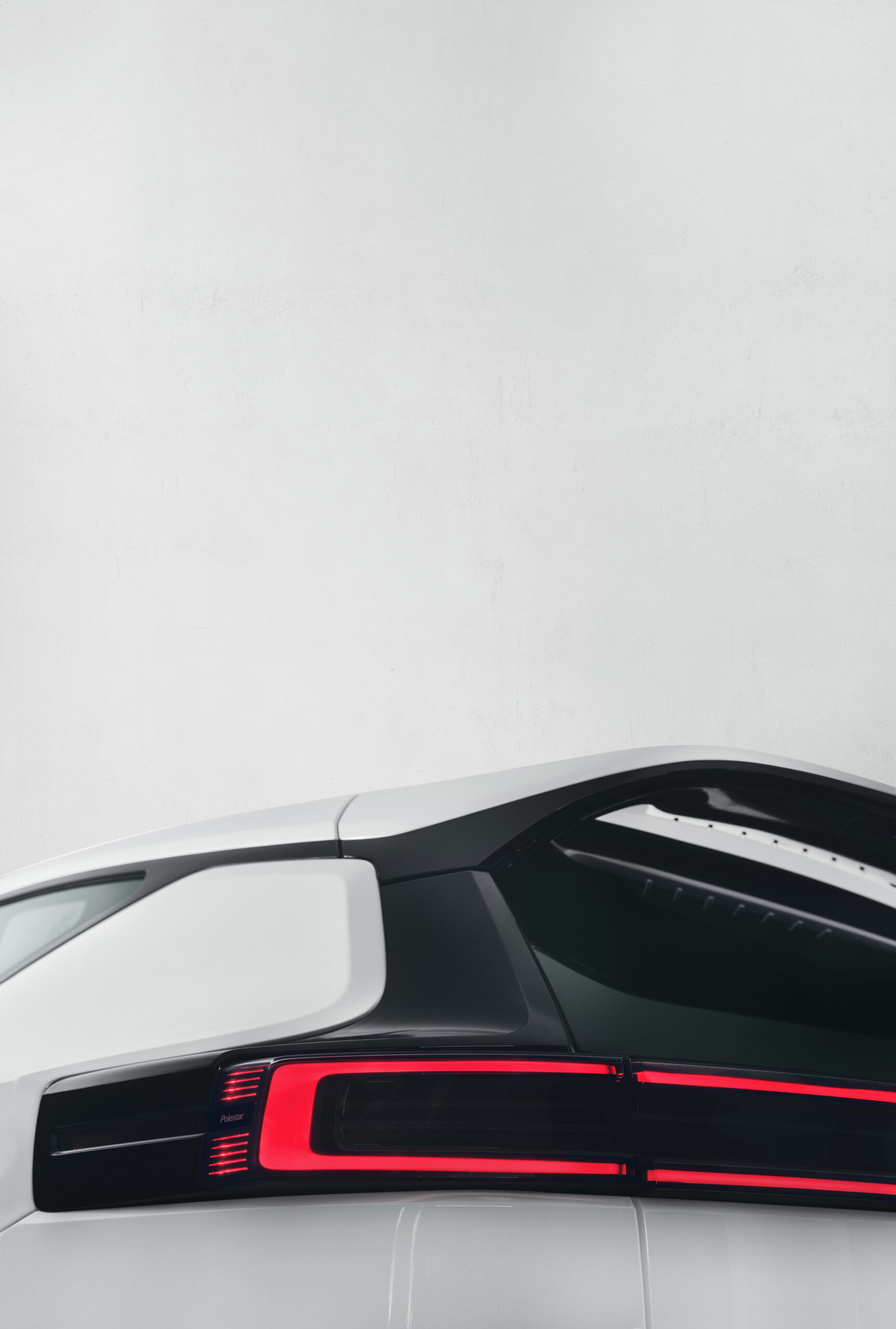
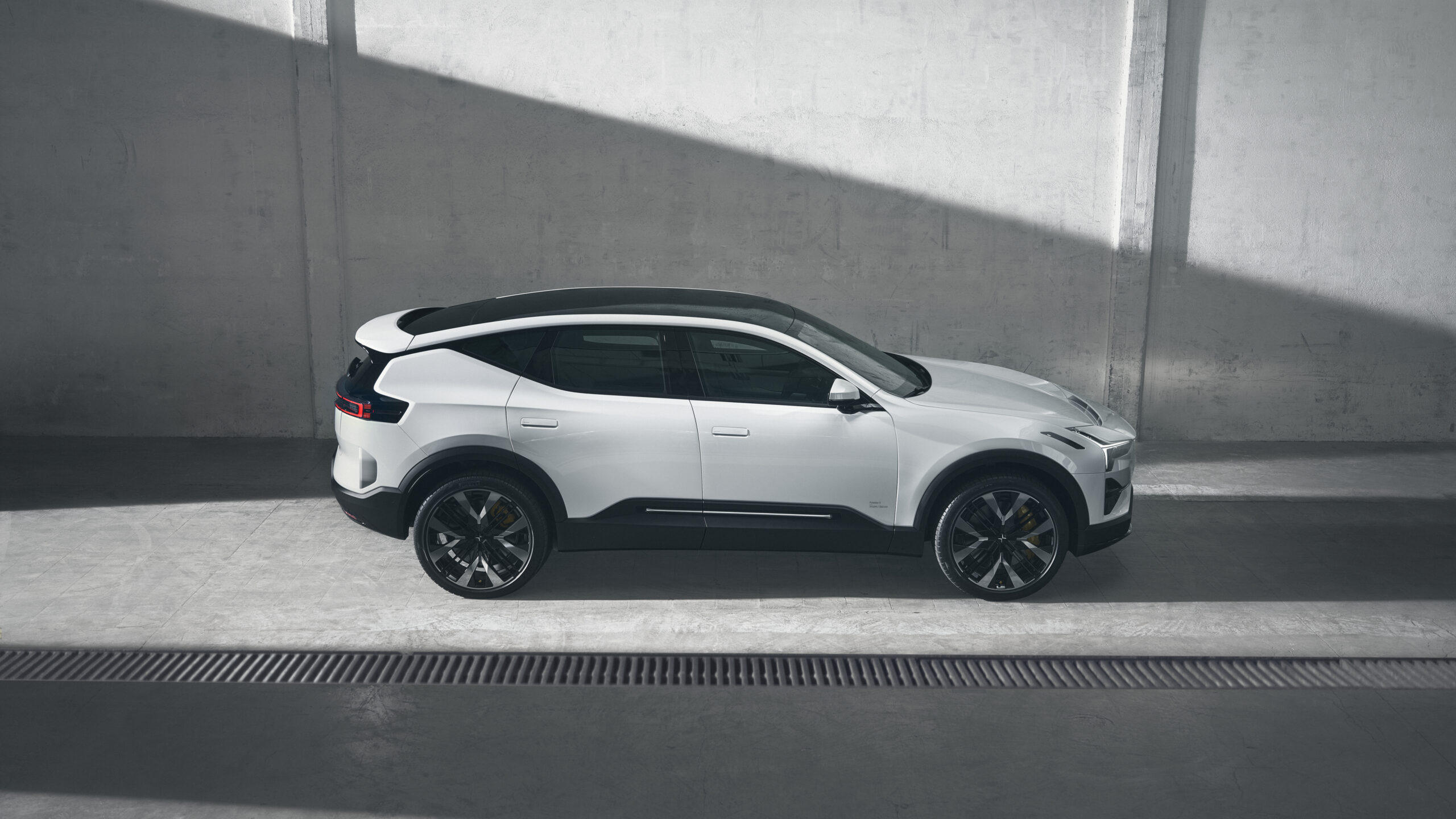
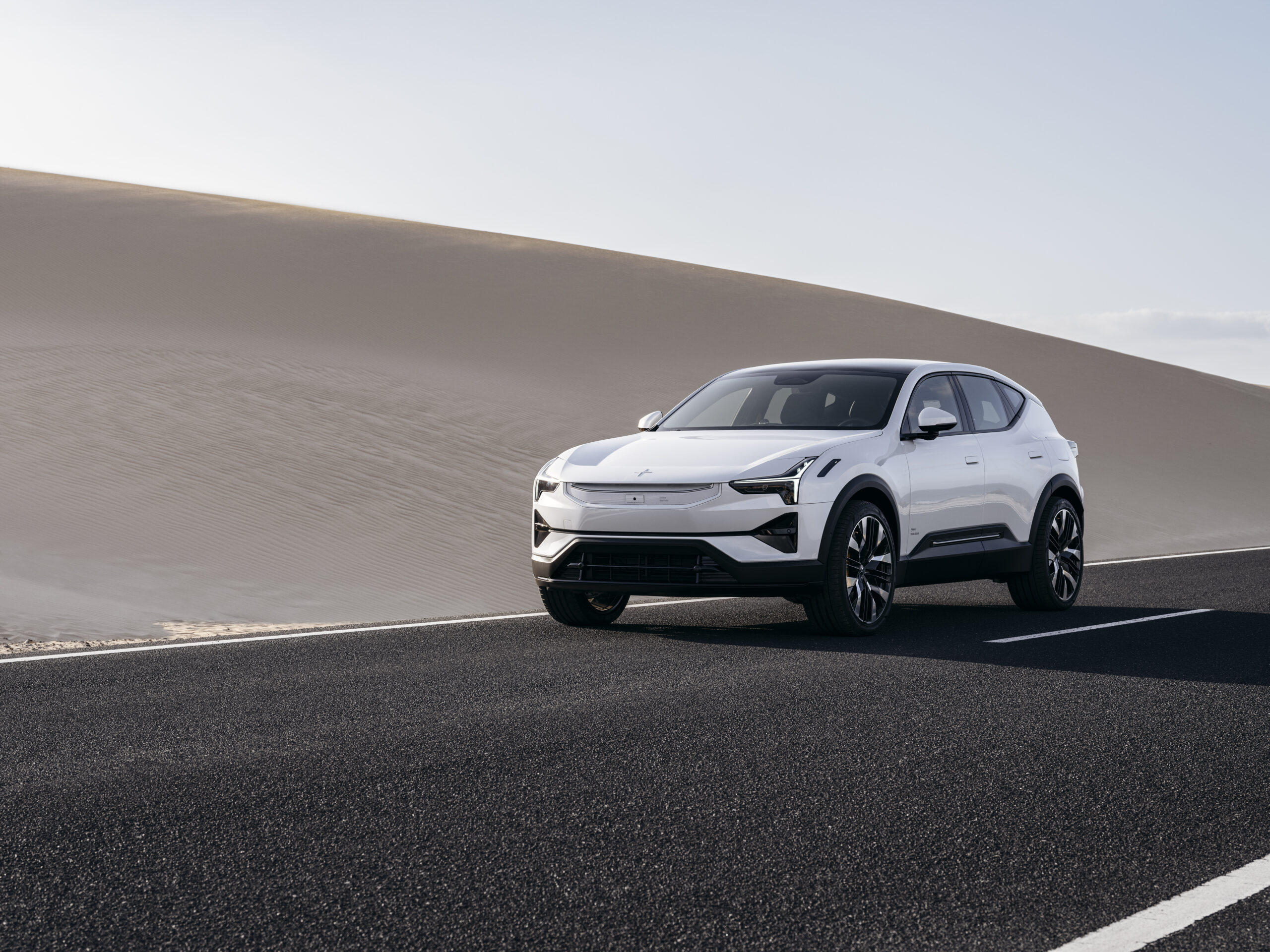
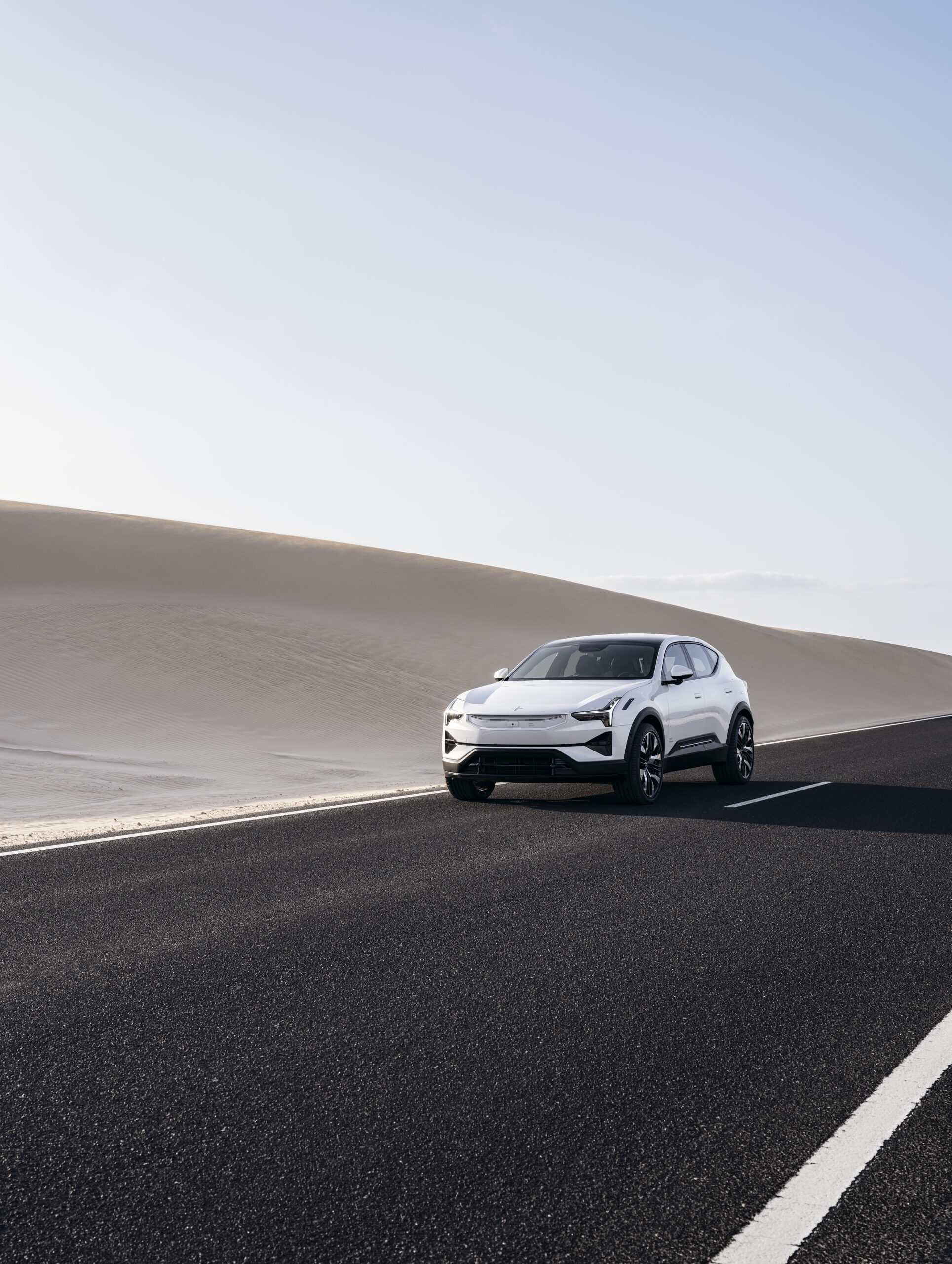

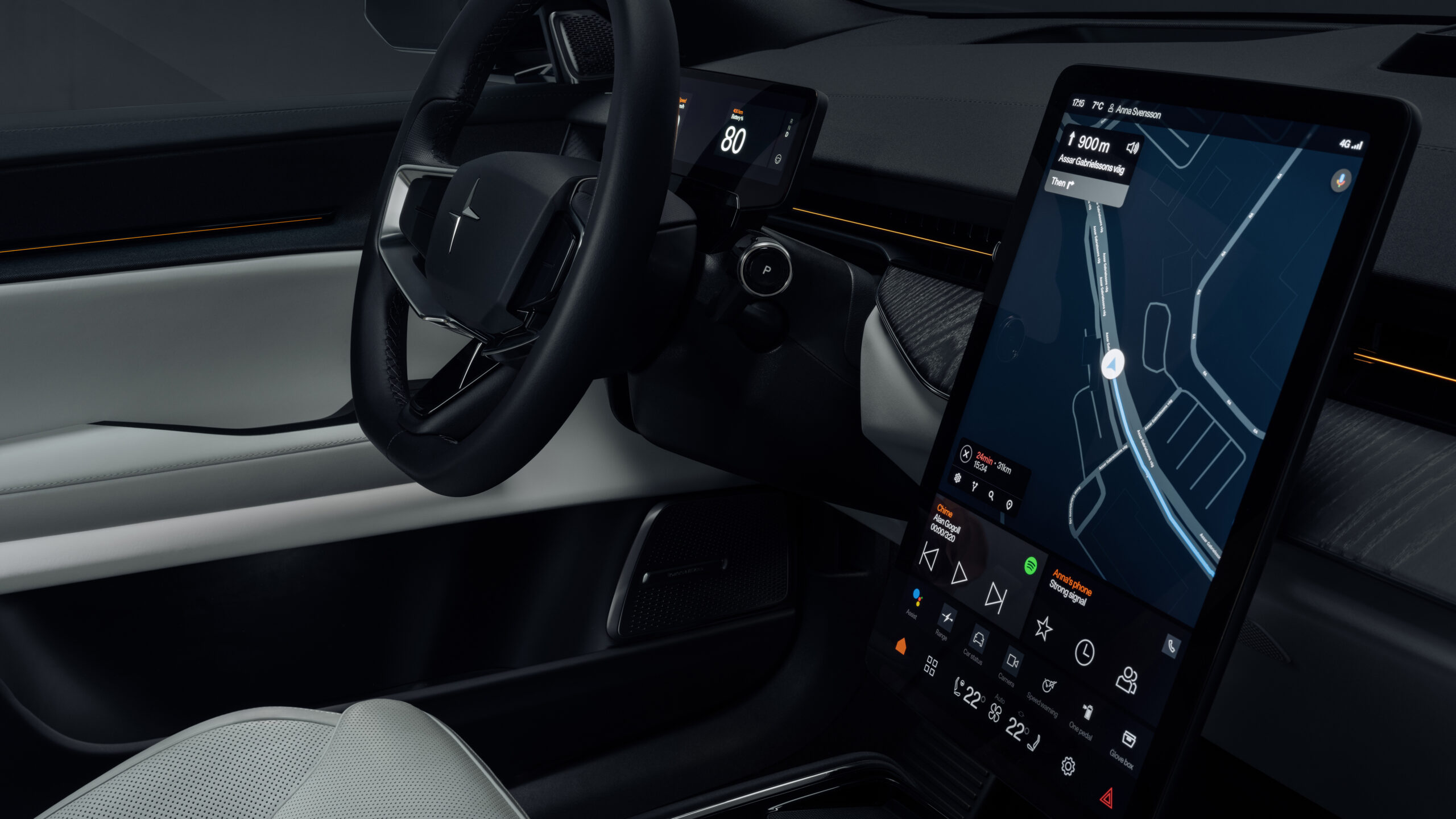

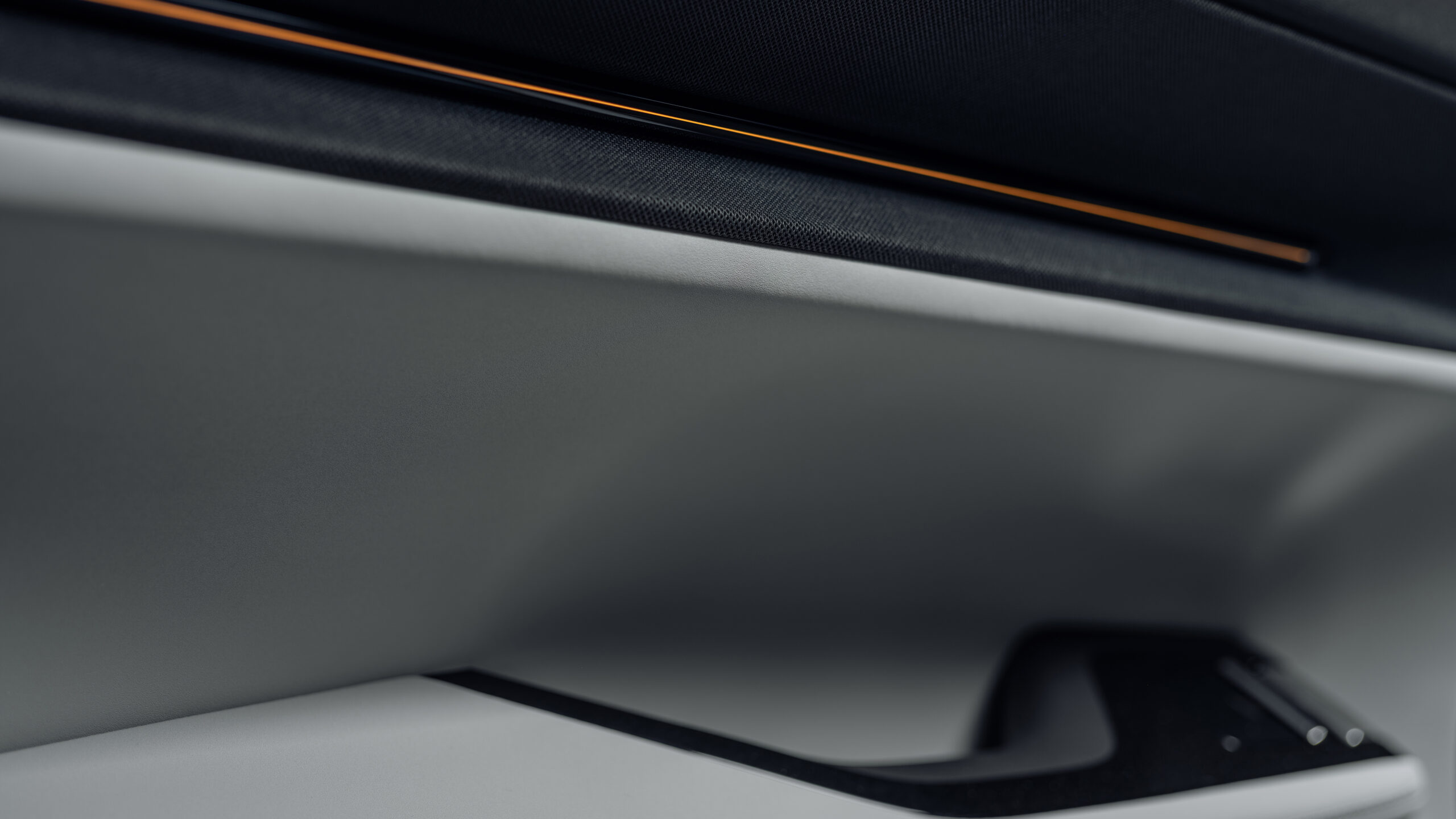
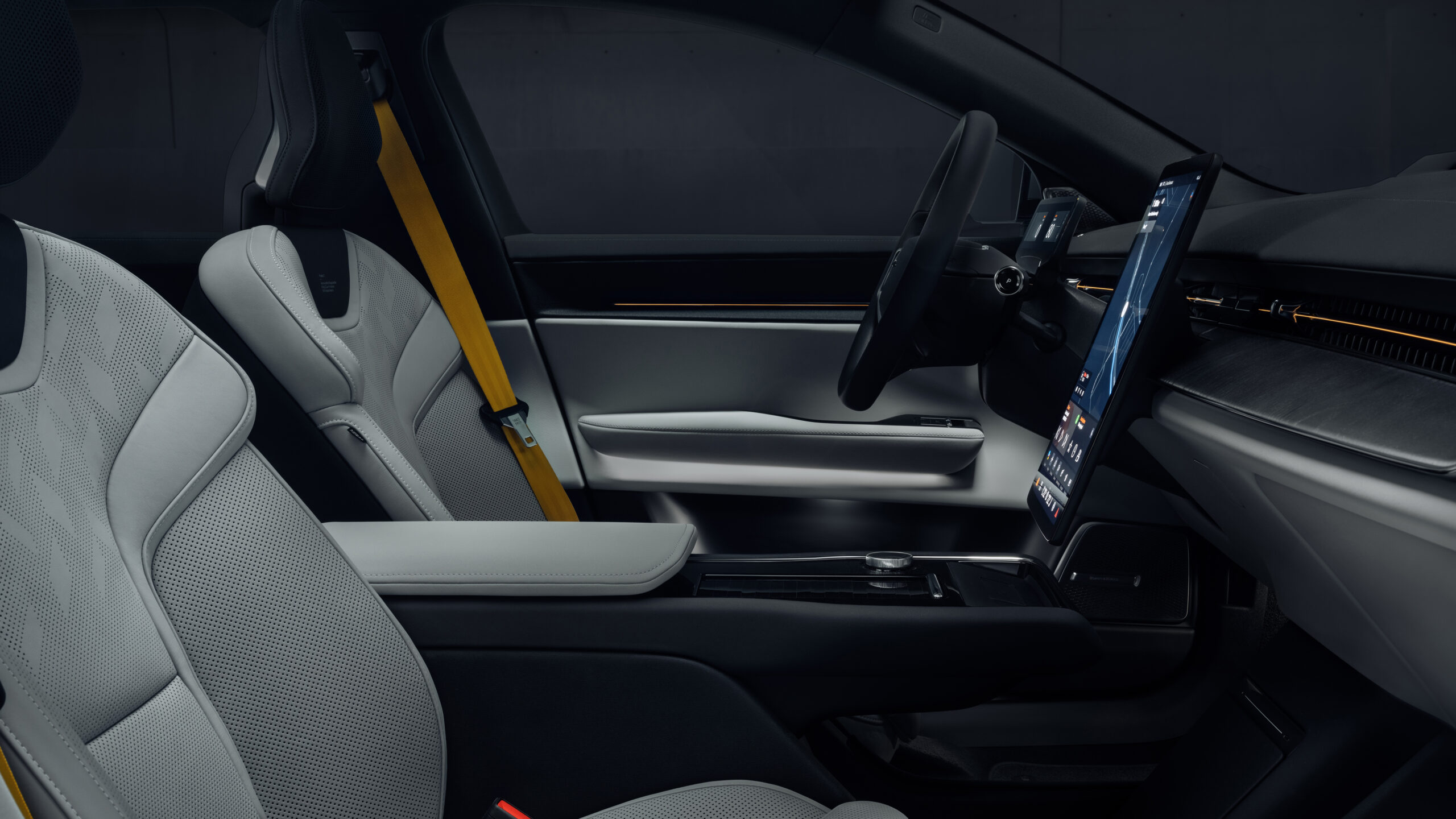
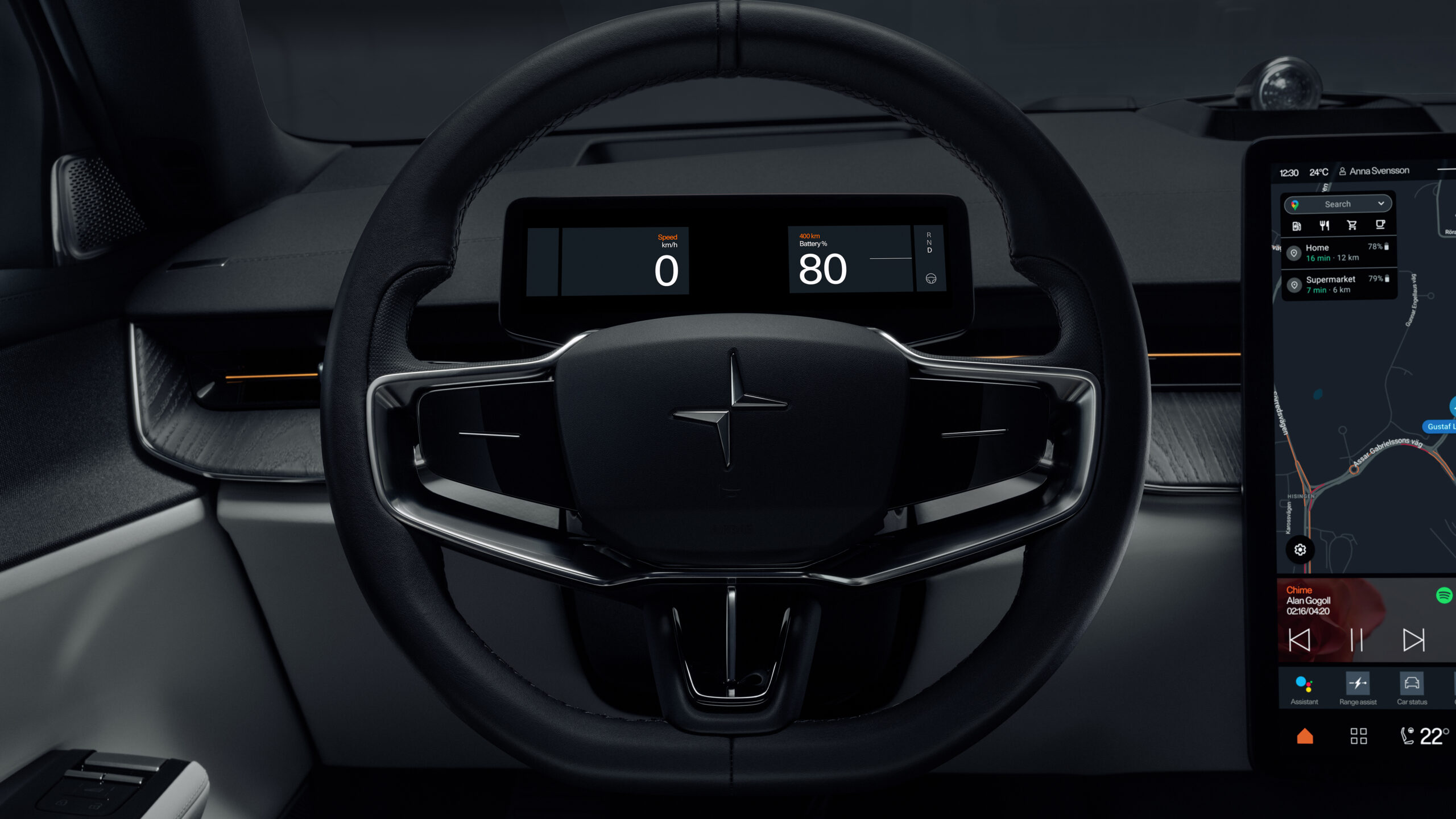
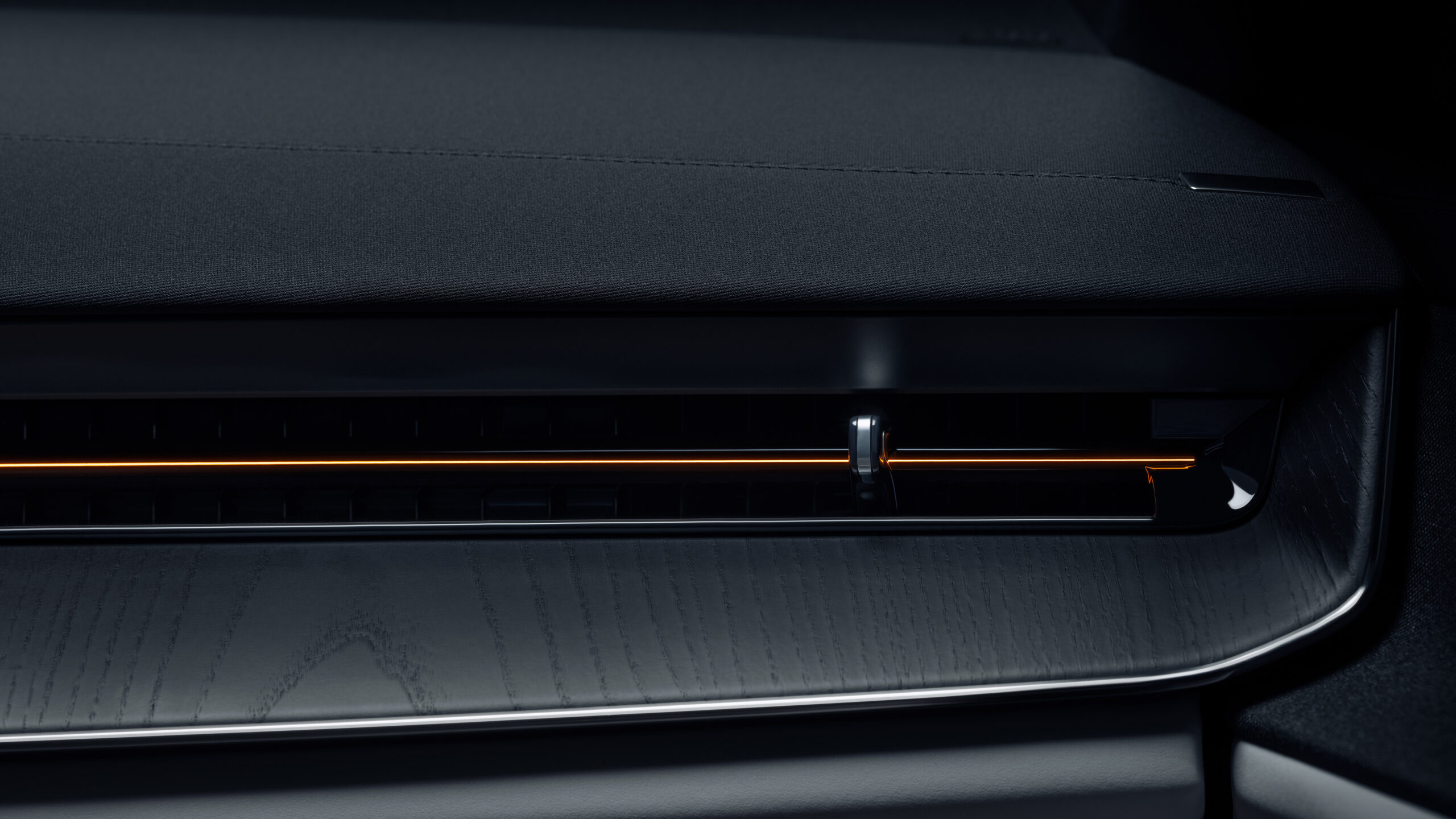
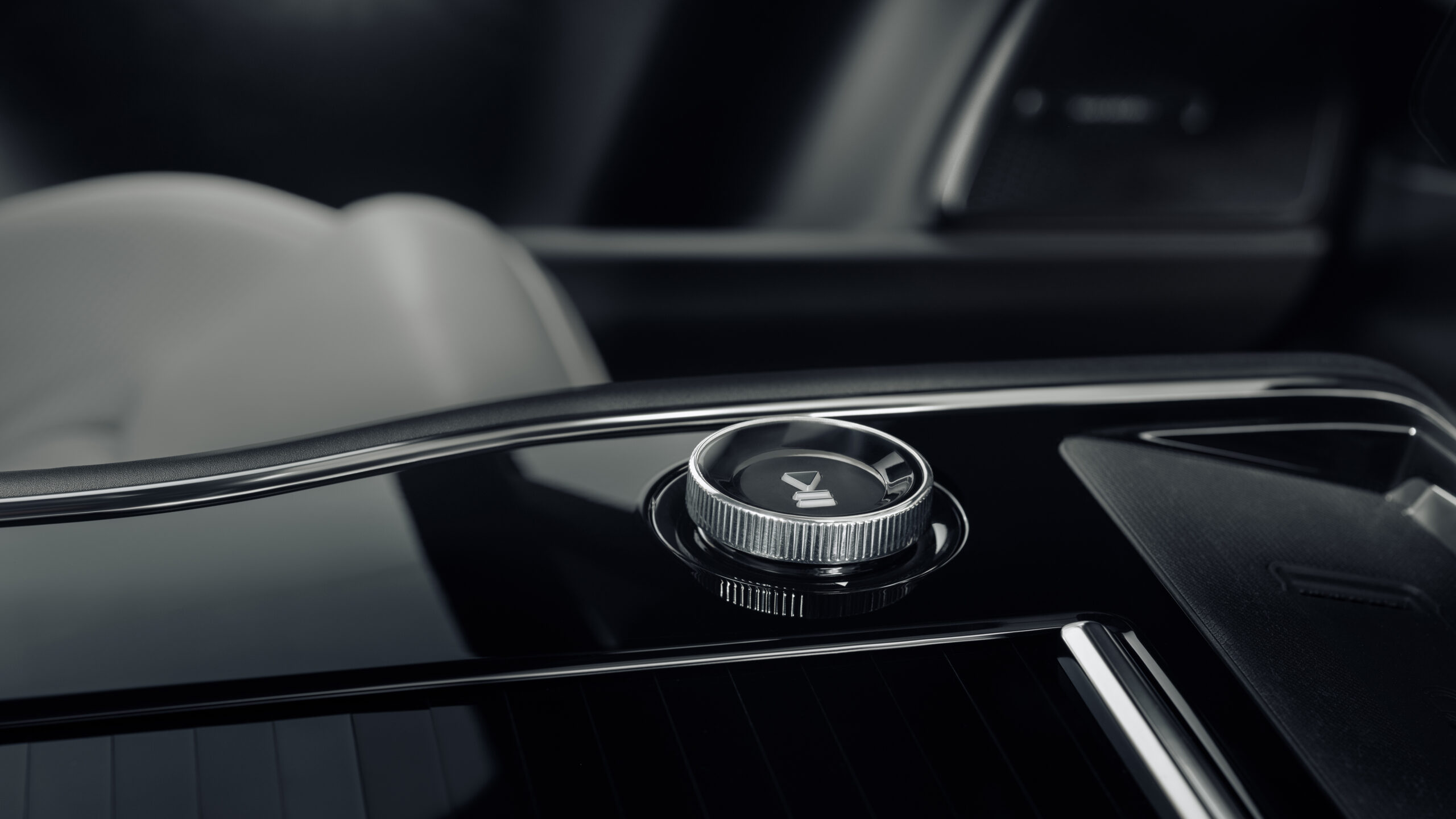
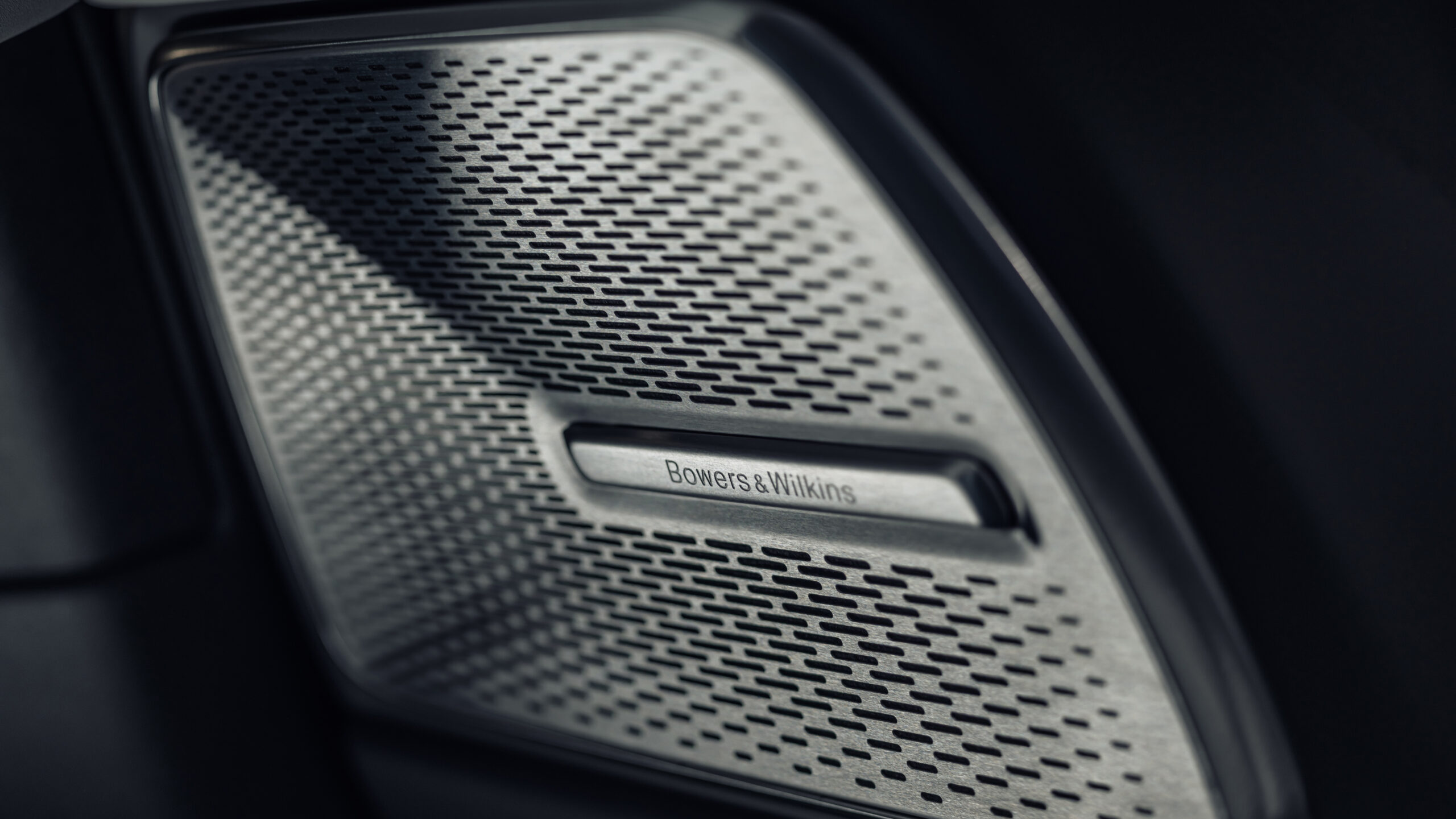
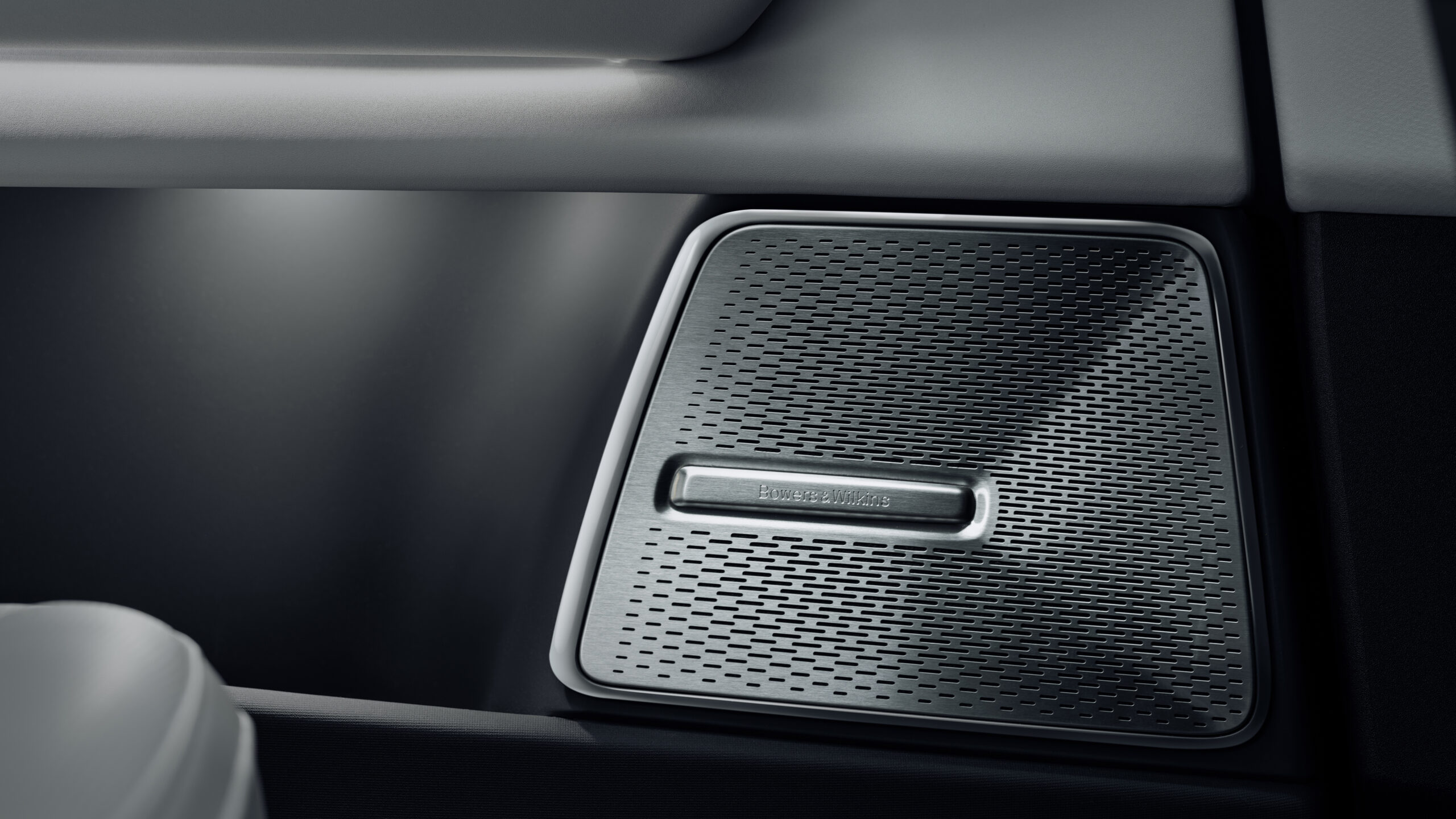
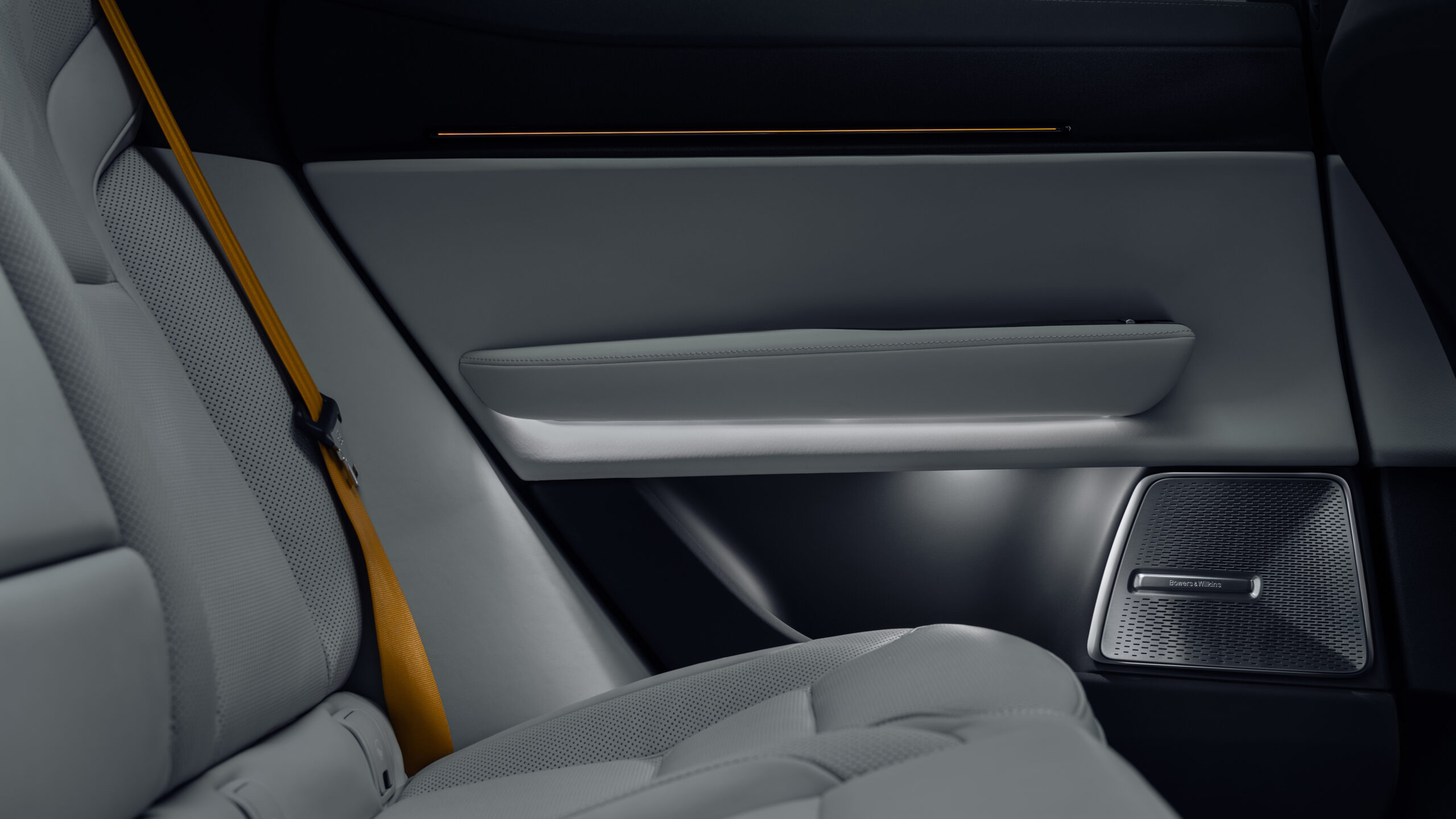
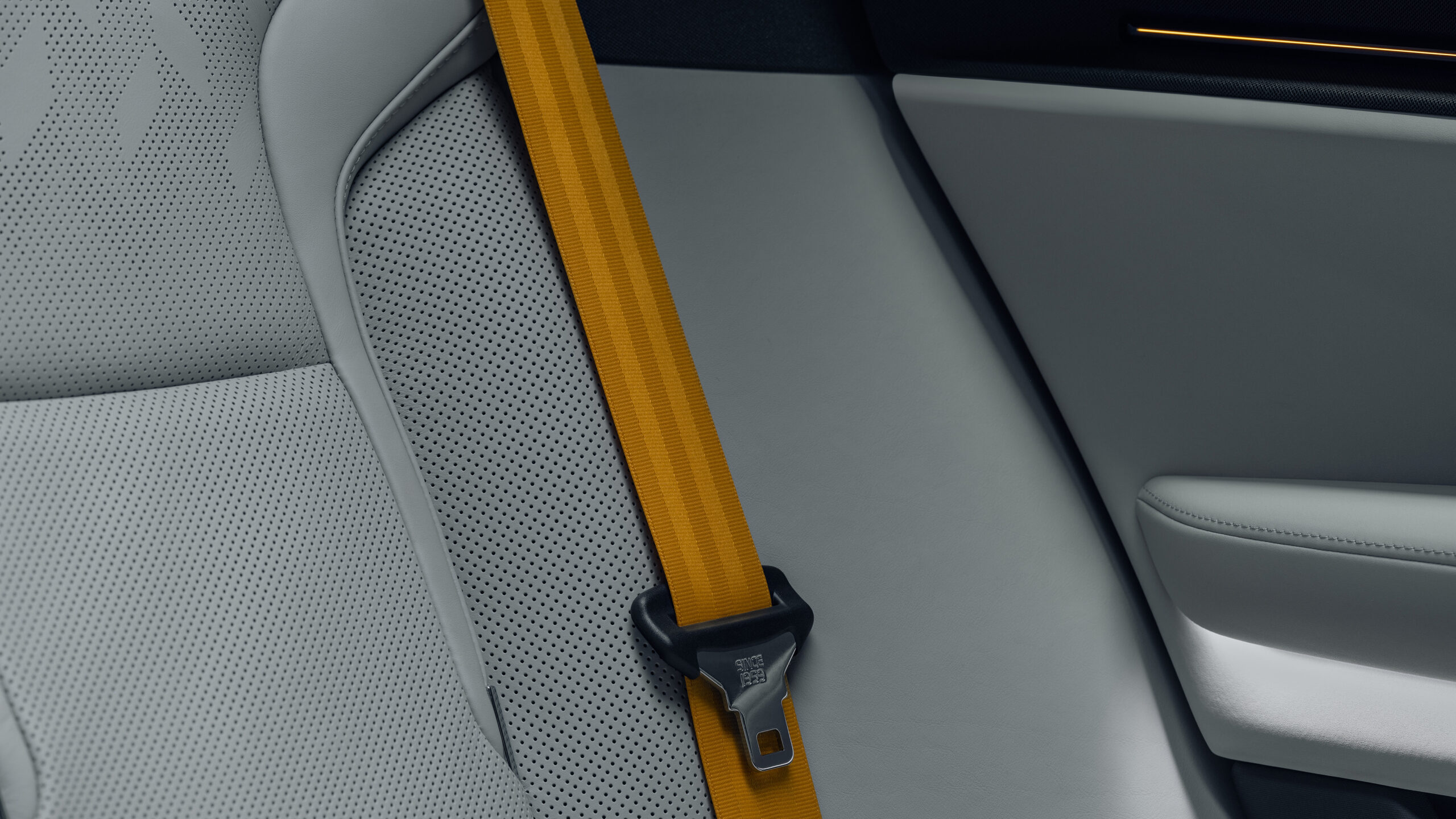
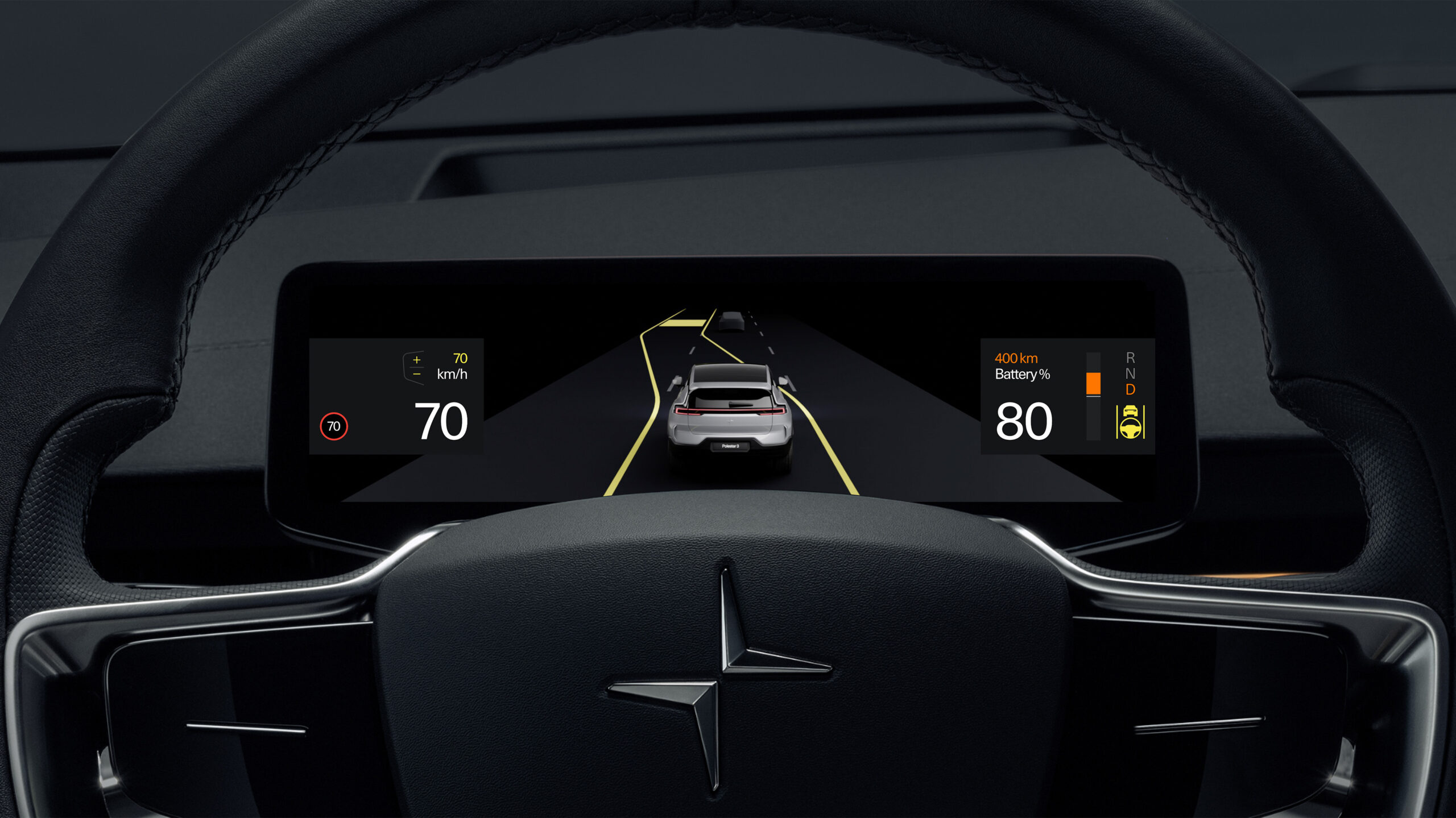
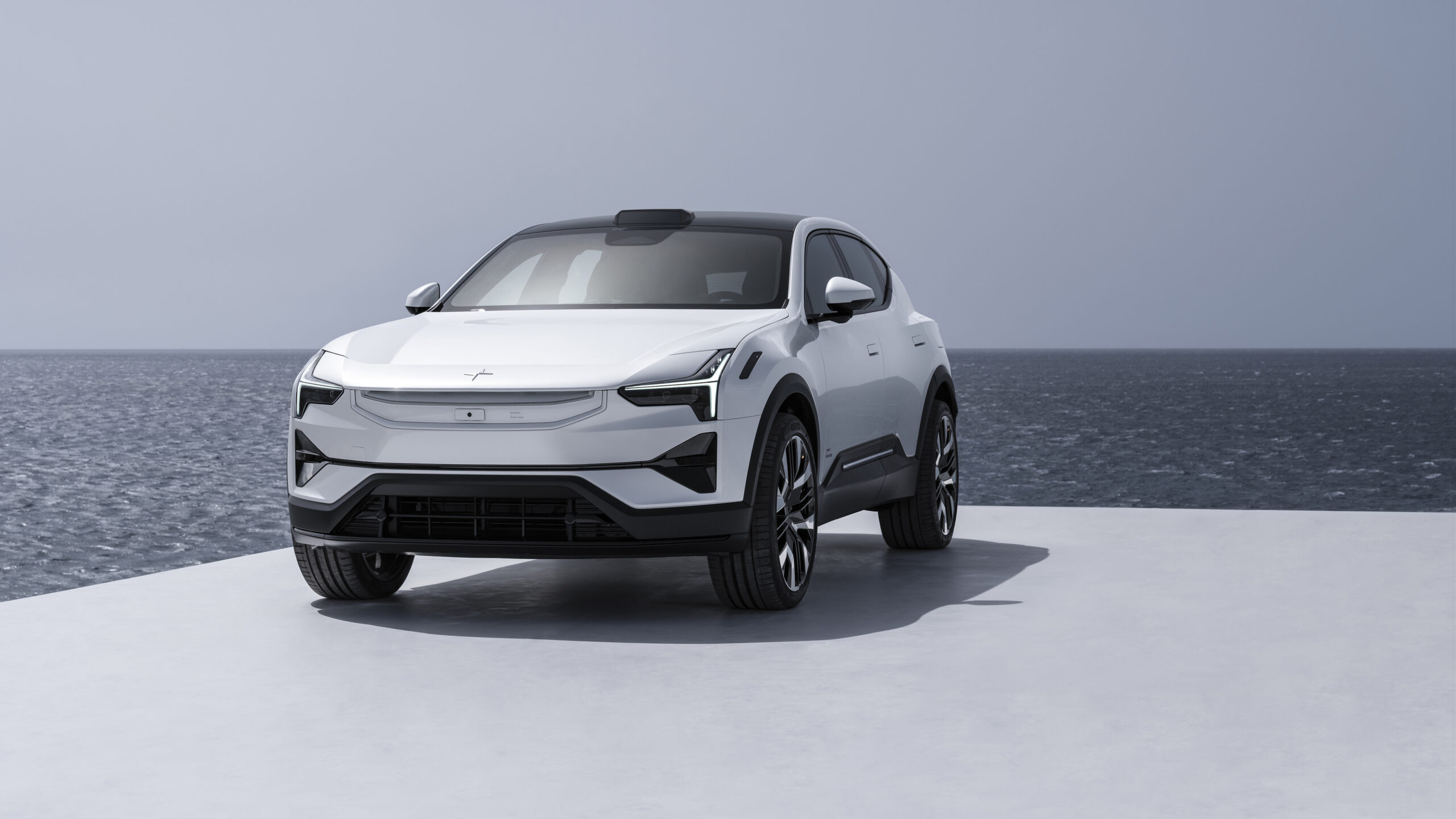
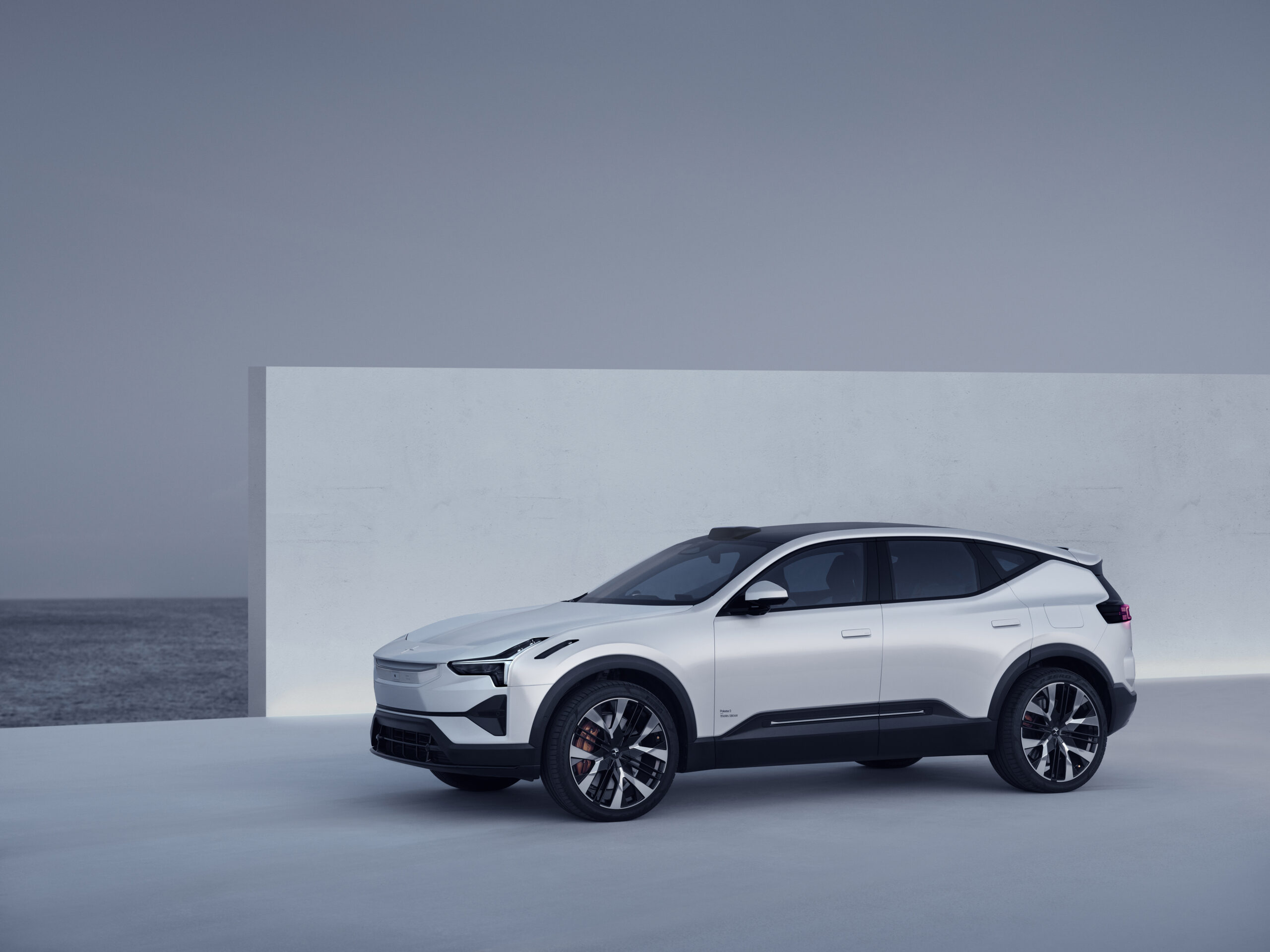

Have a tip for CleanTechnica? Want to advertise? Want to suggest a guest for our CleanTech Talk podcast? Contact us here.
Latest CleanTechnica.TV Videos
CleanTechnica uses affiliate links. See our policy here.
CleanTechnica’s Comment Policy

